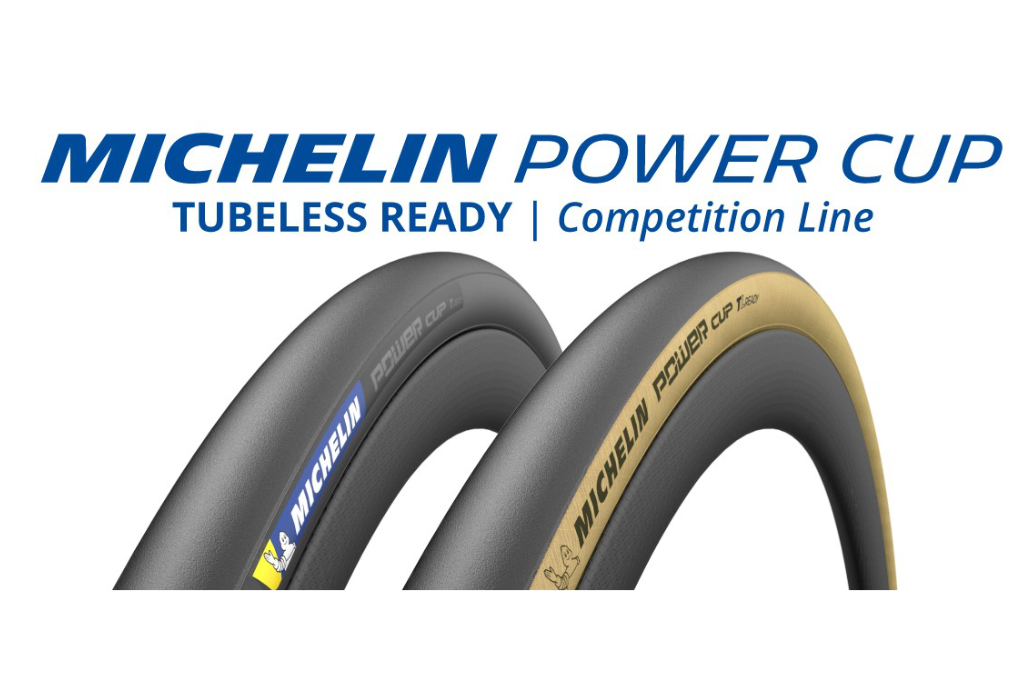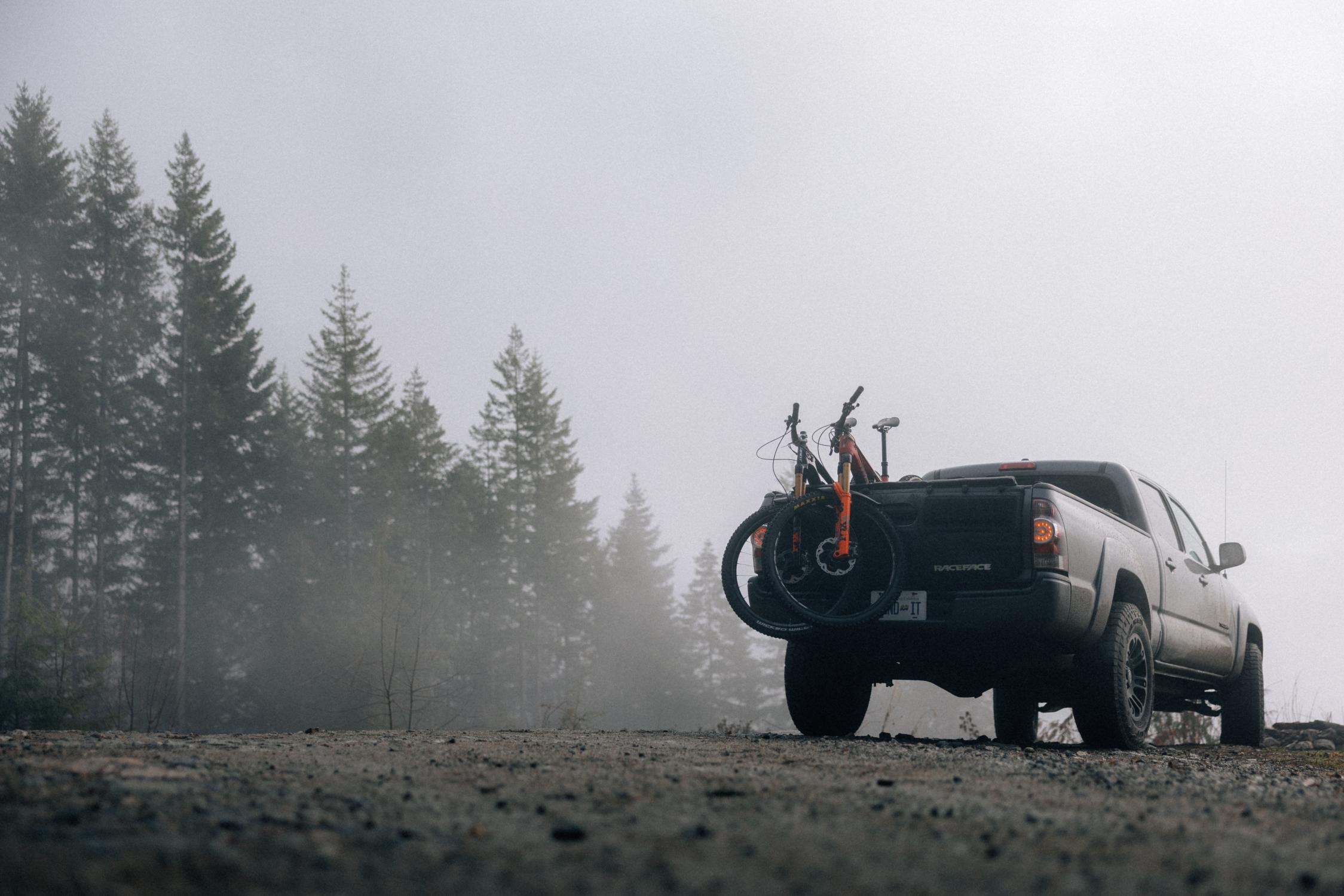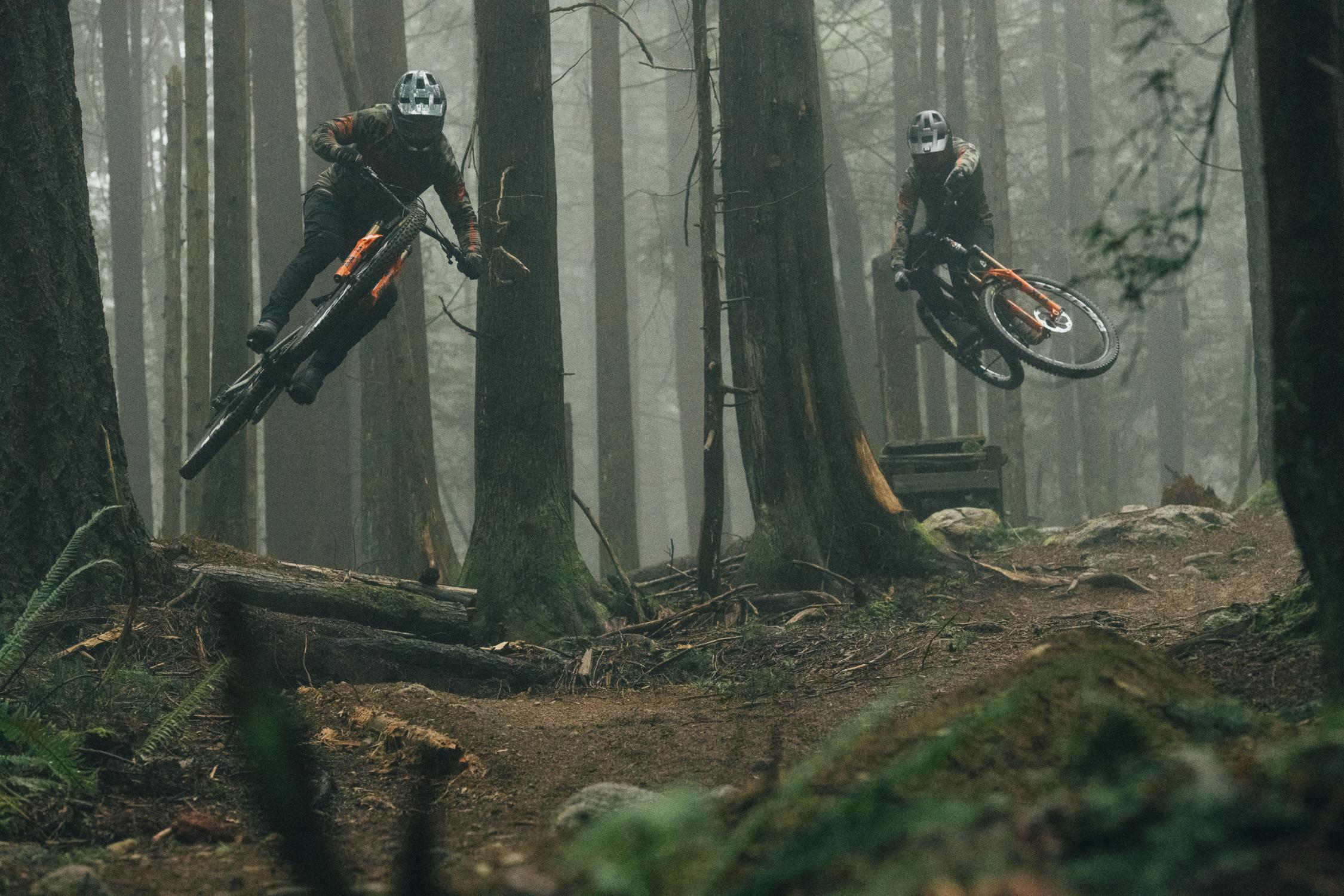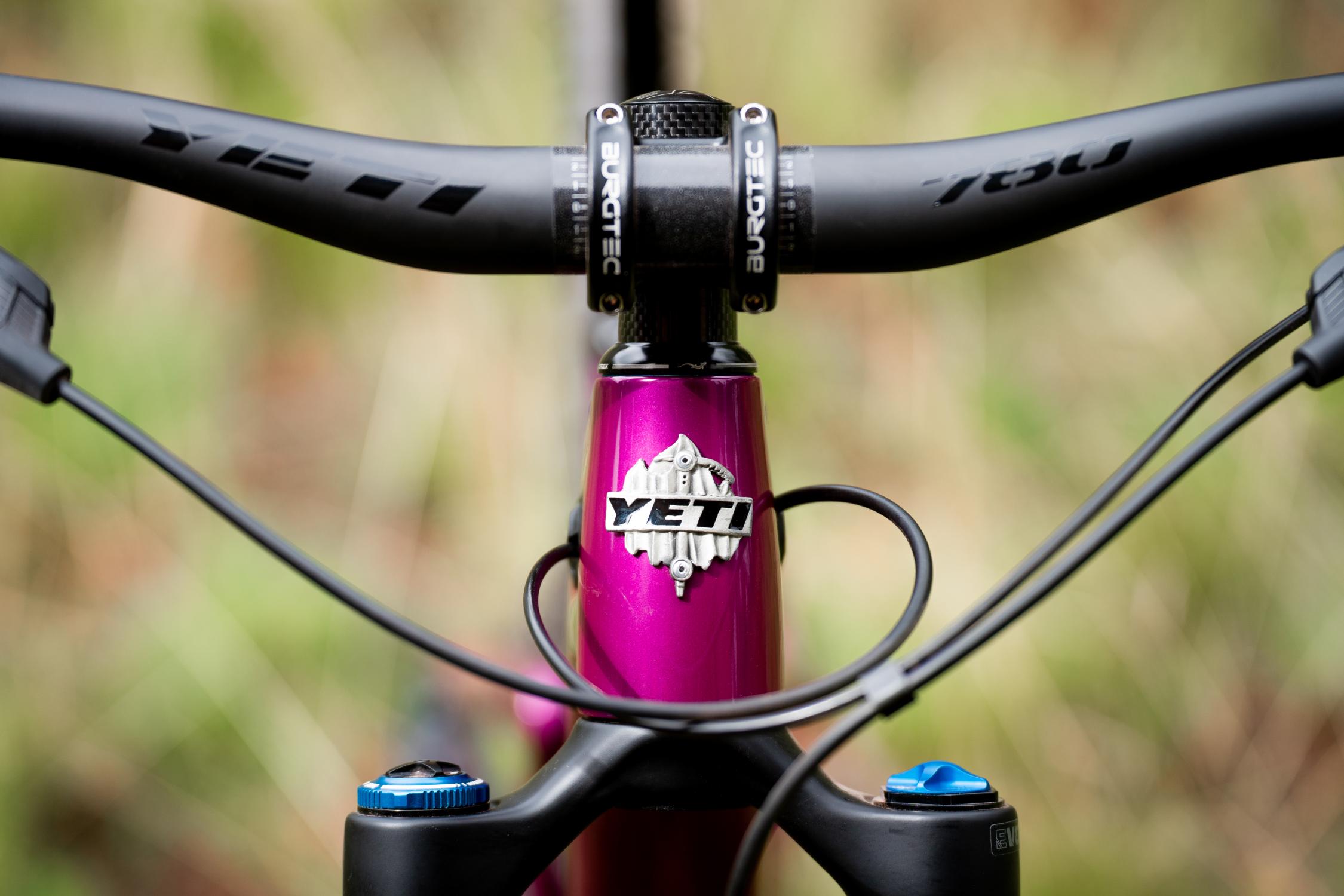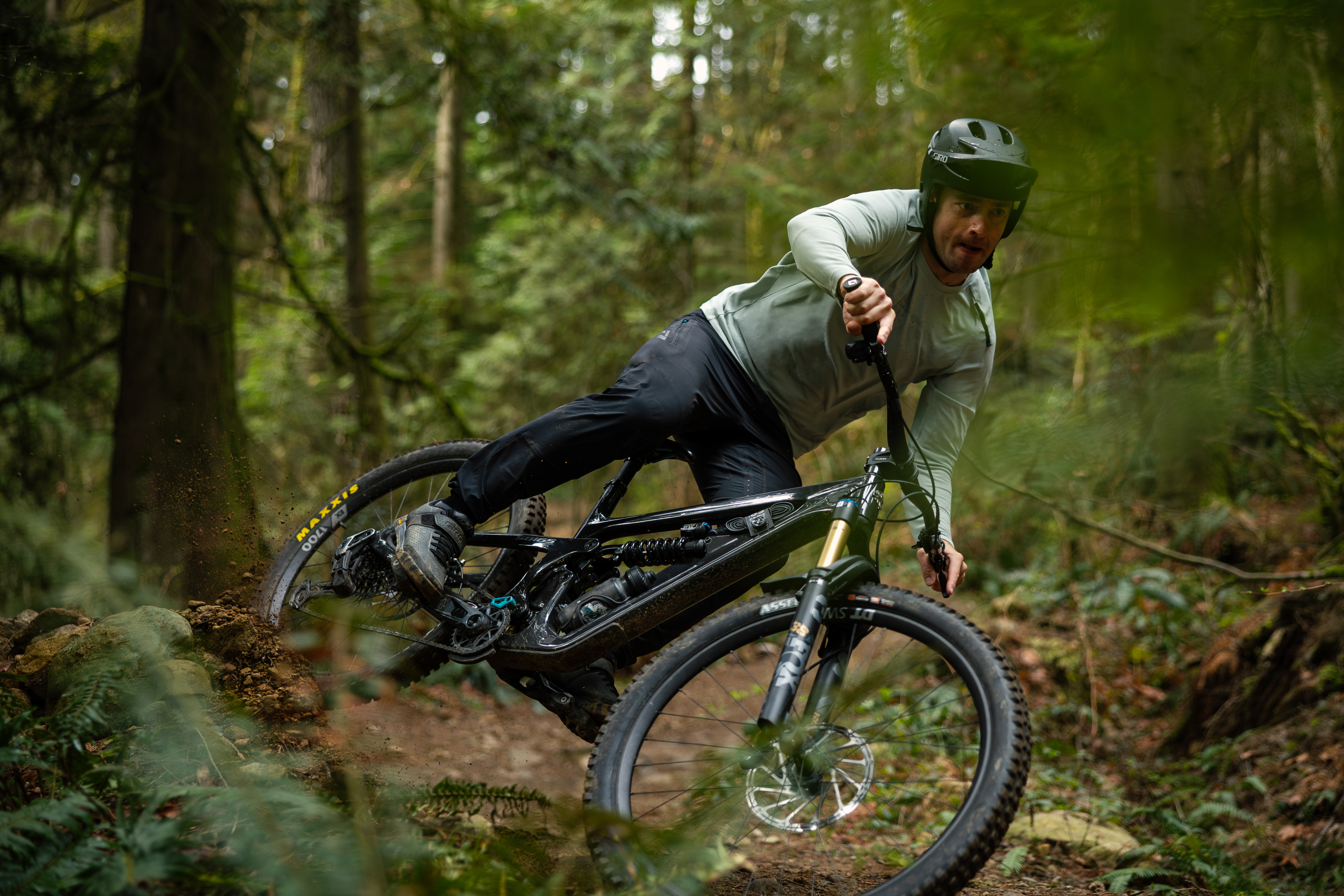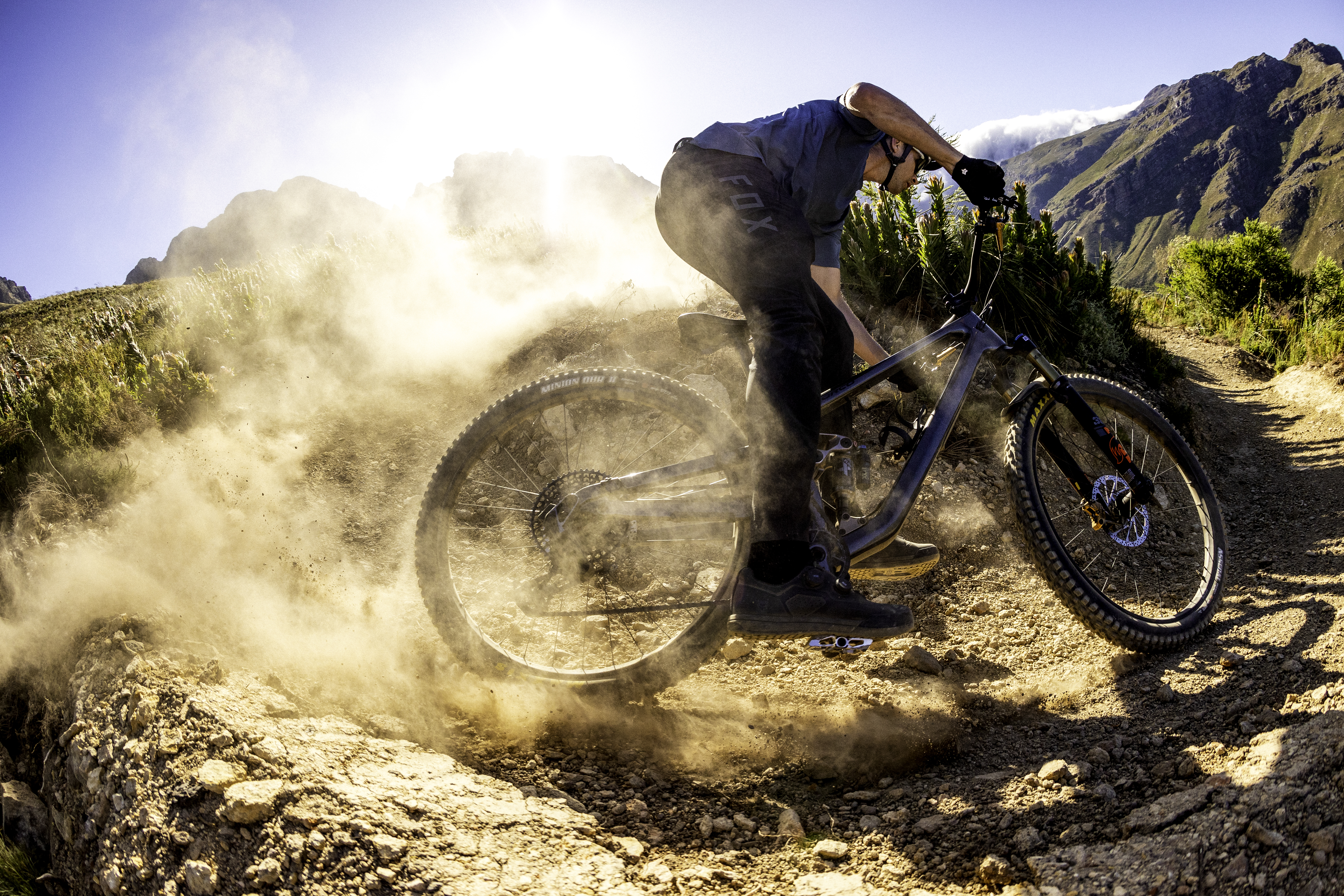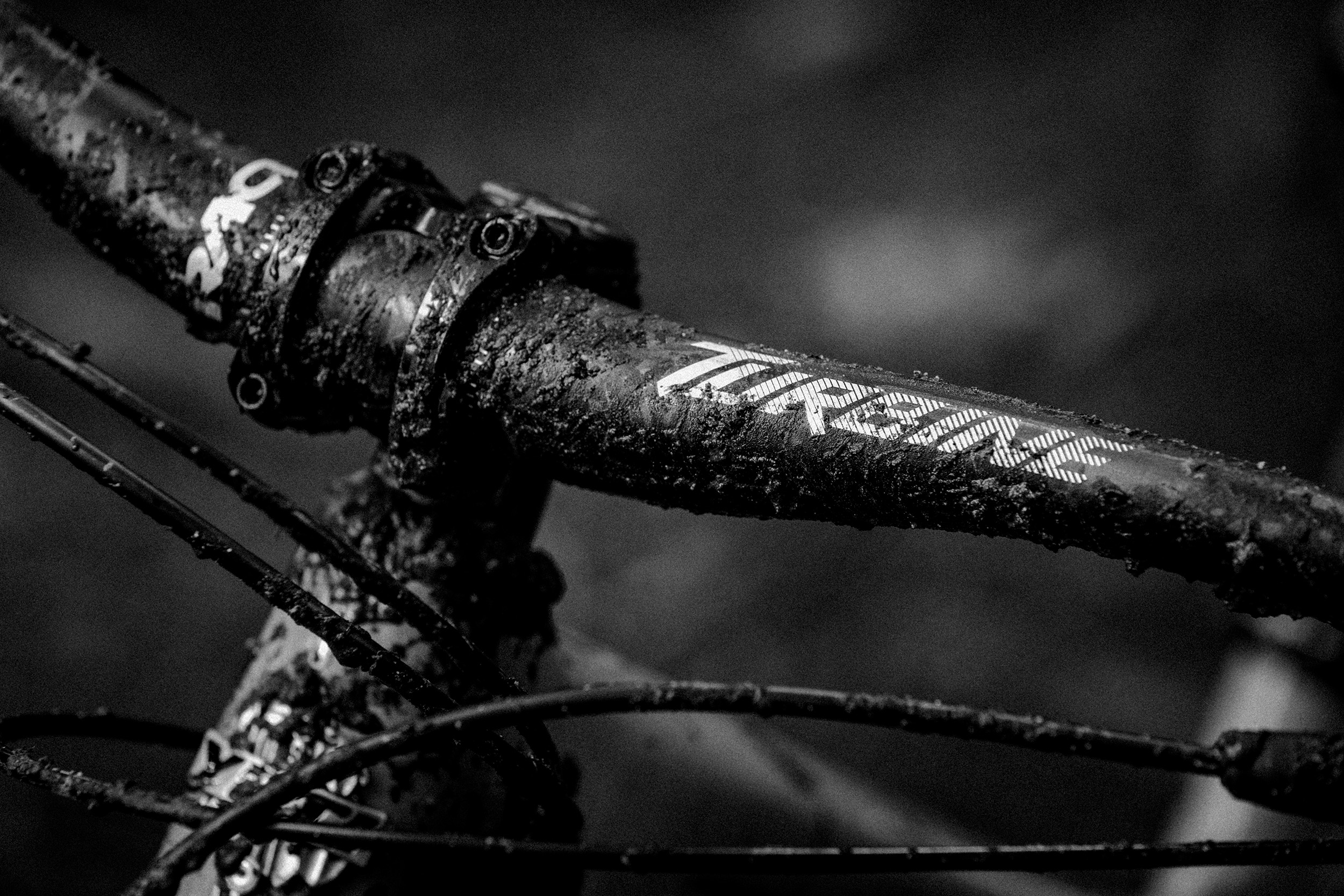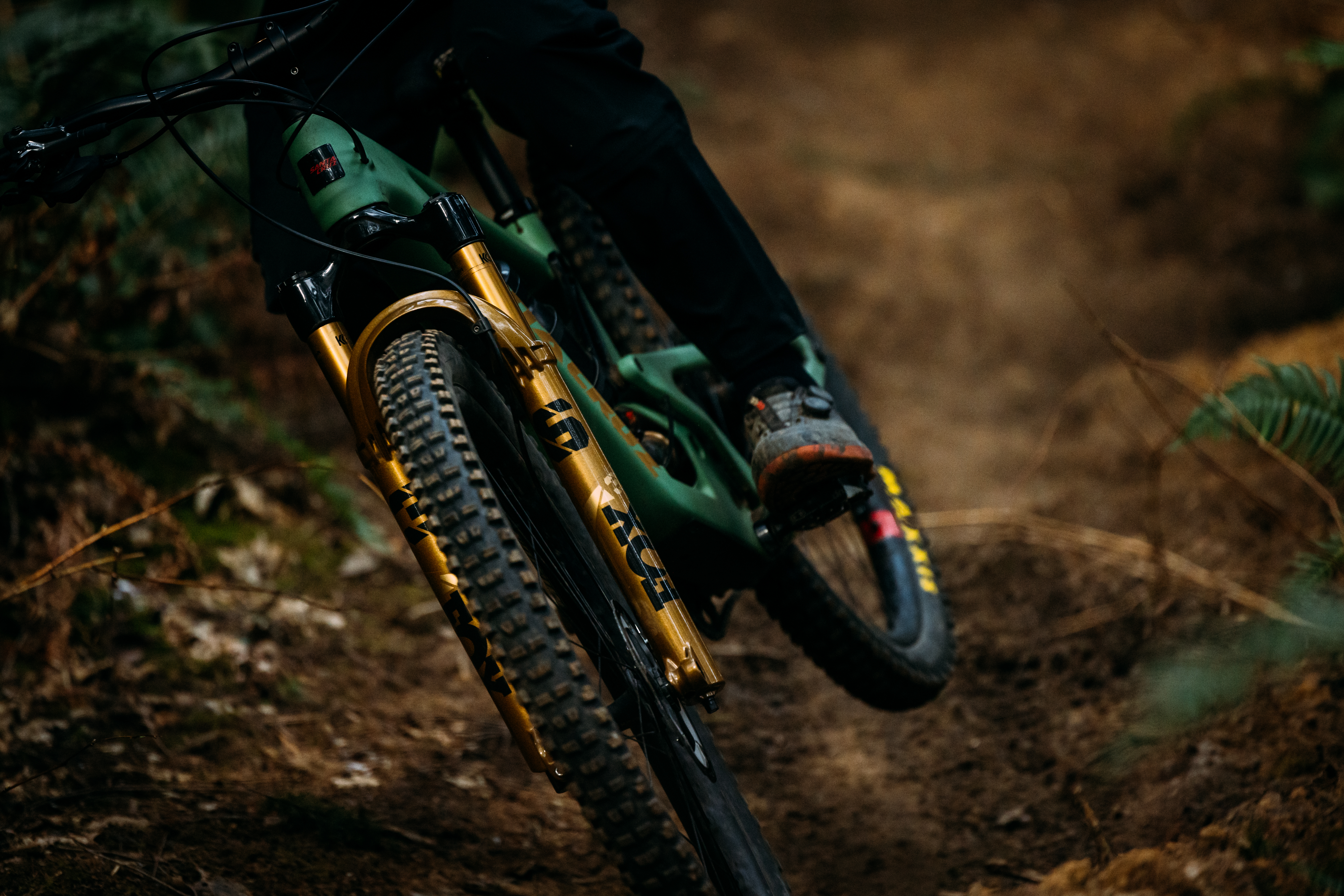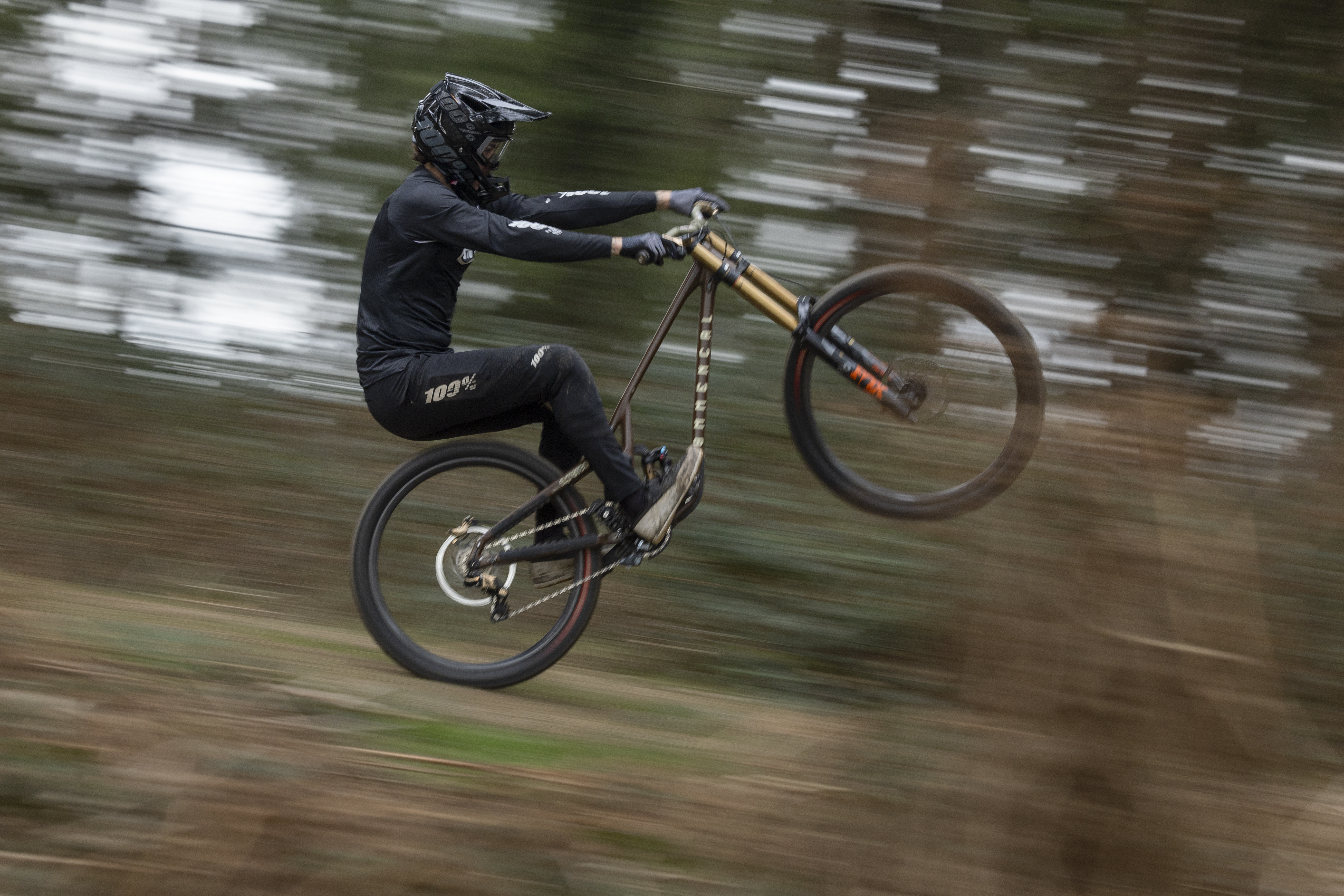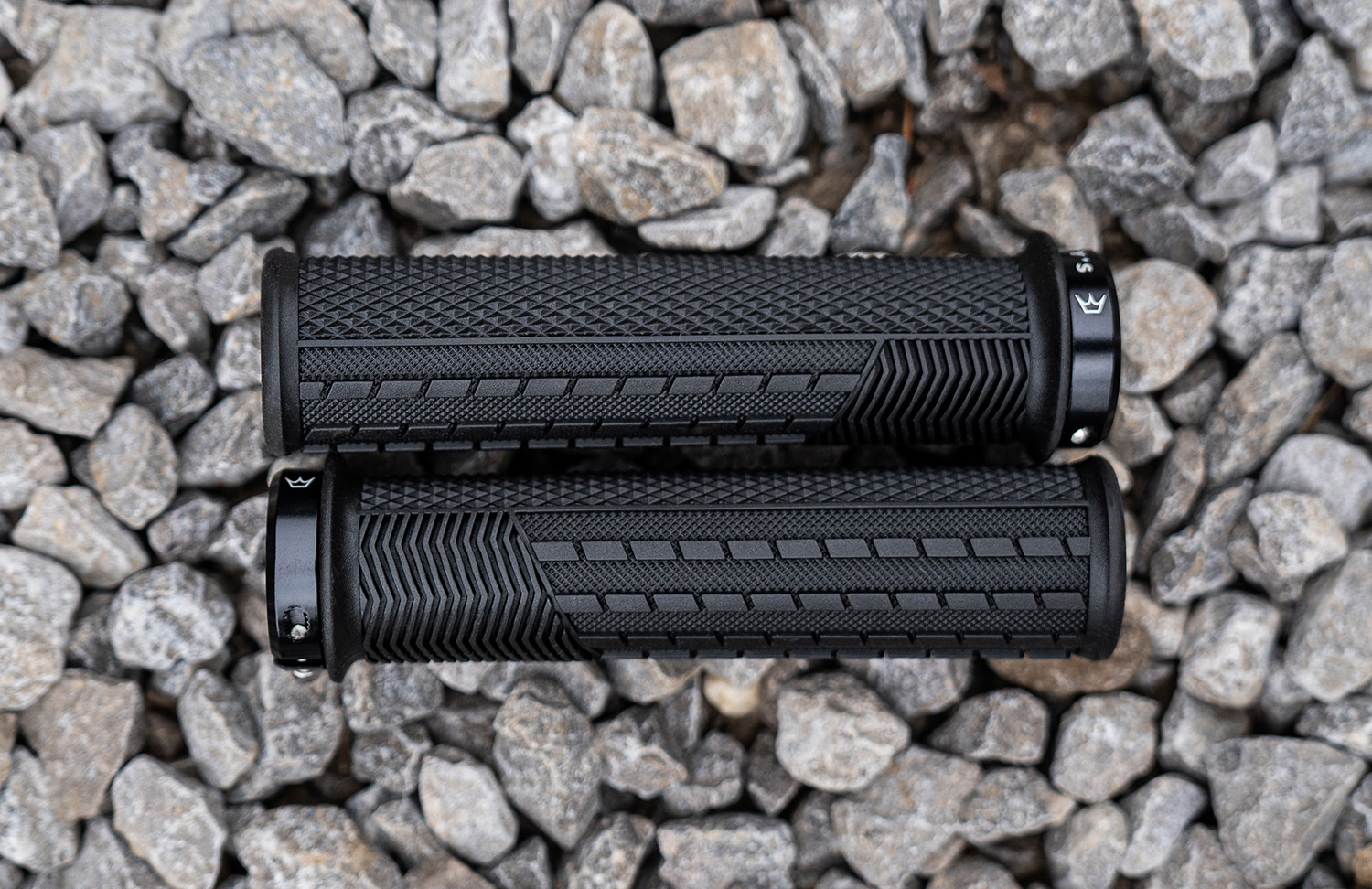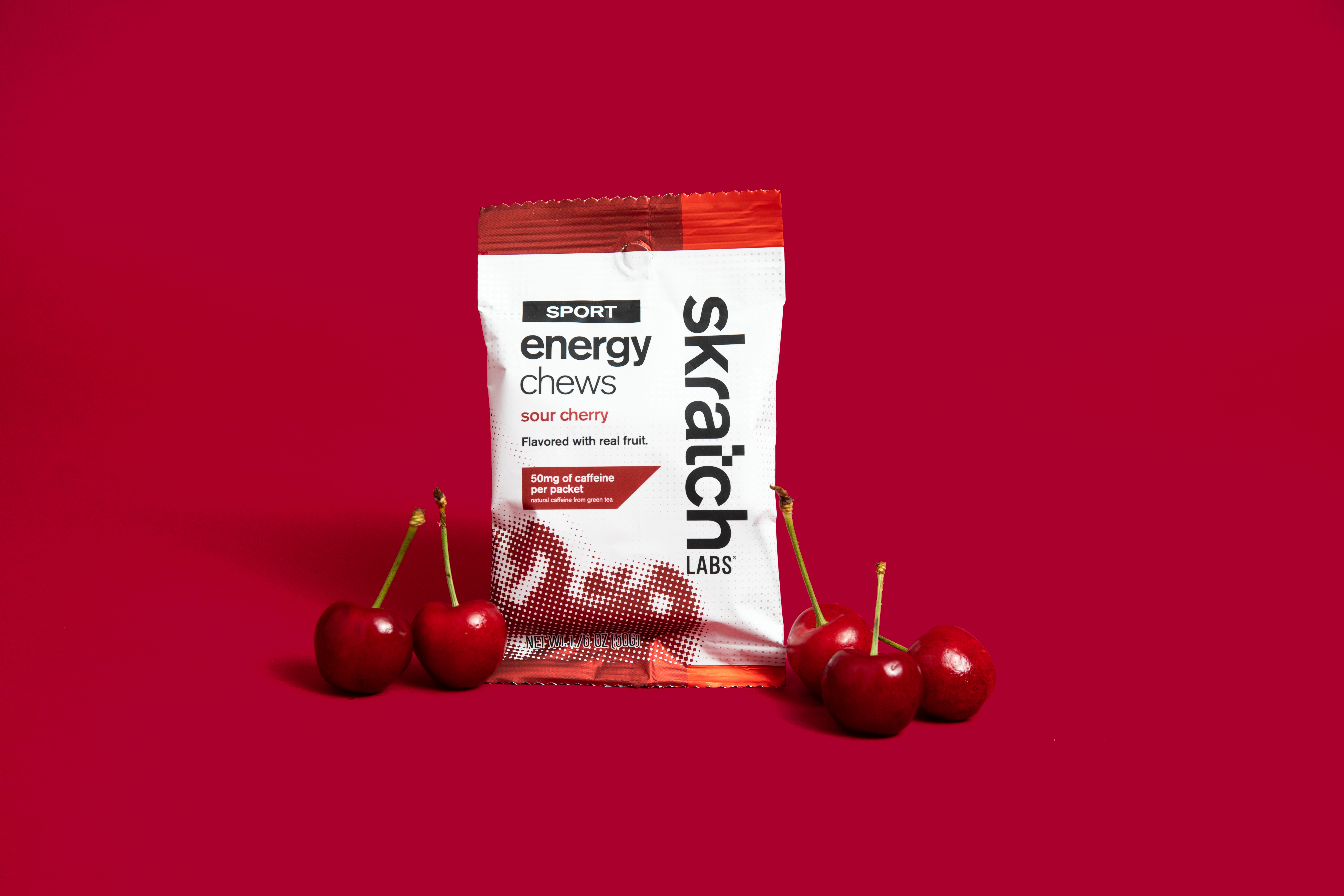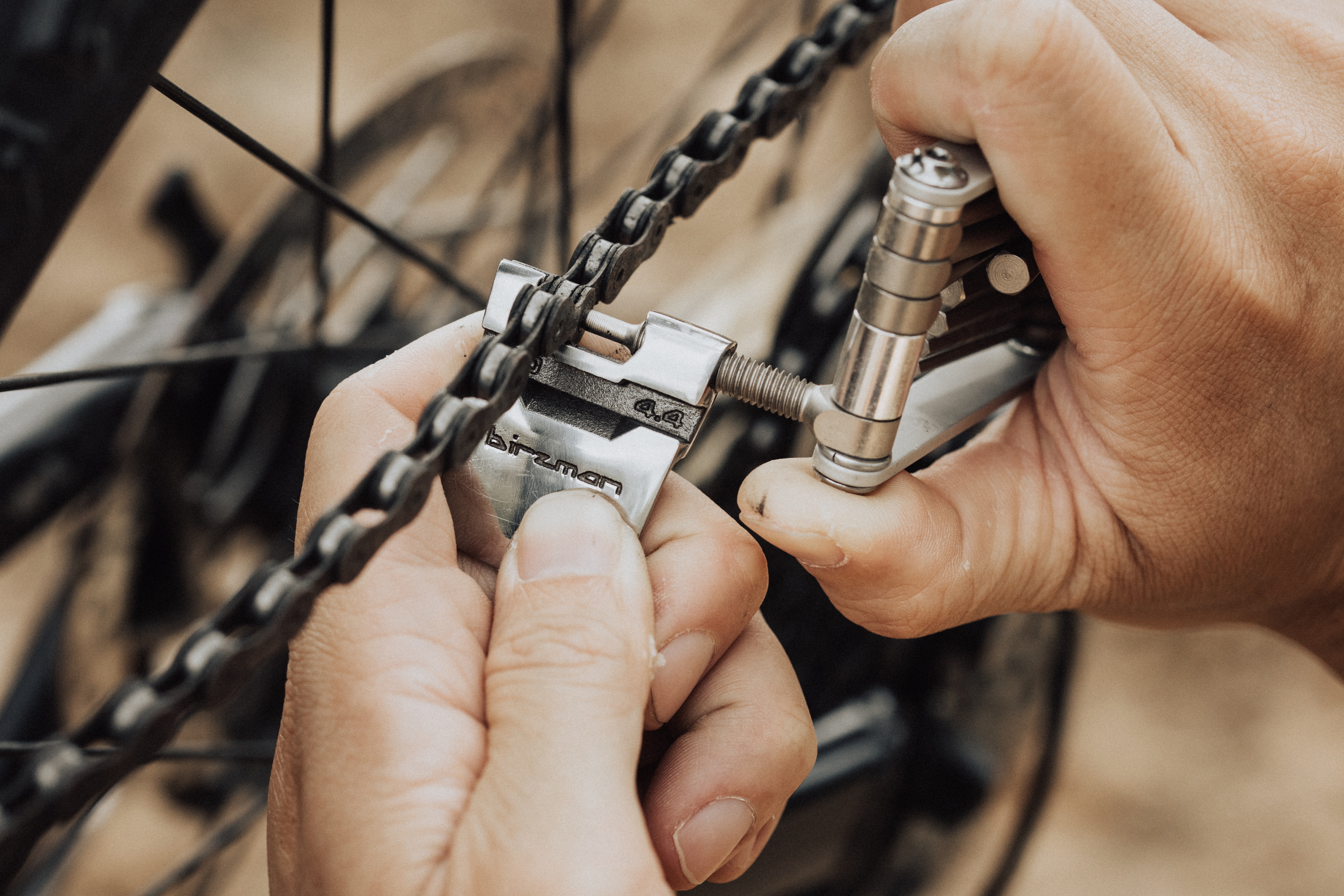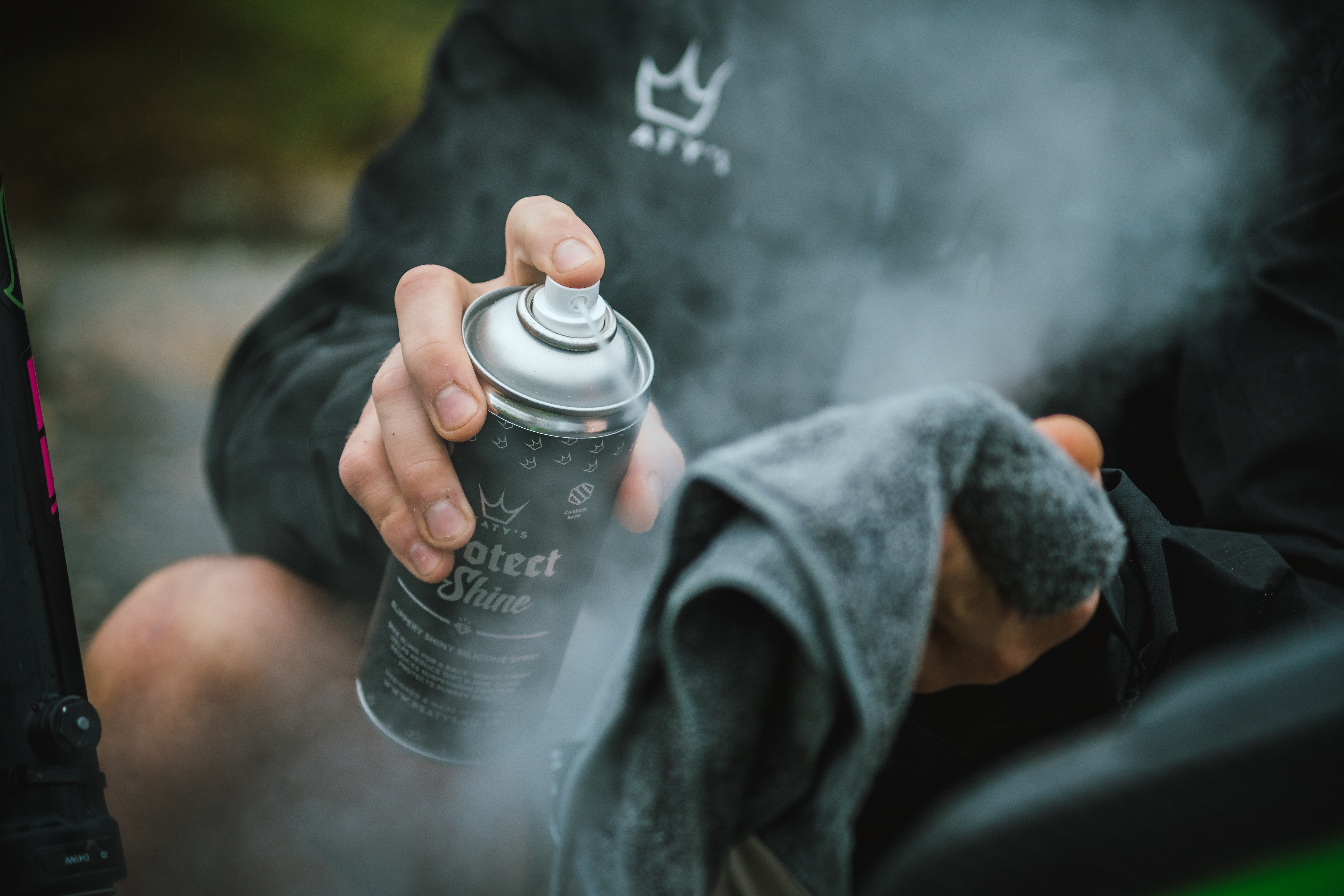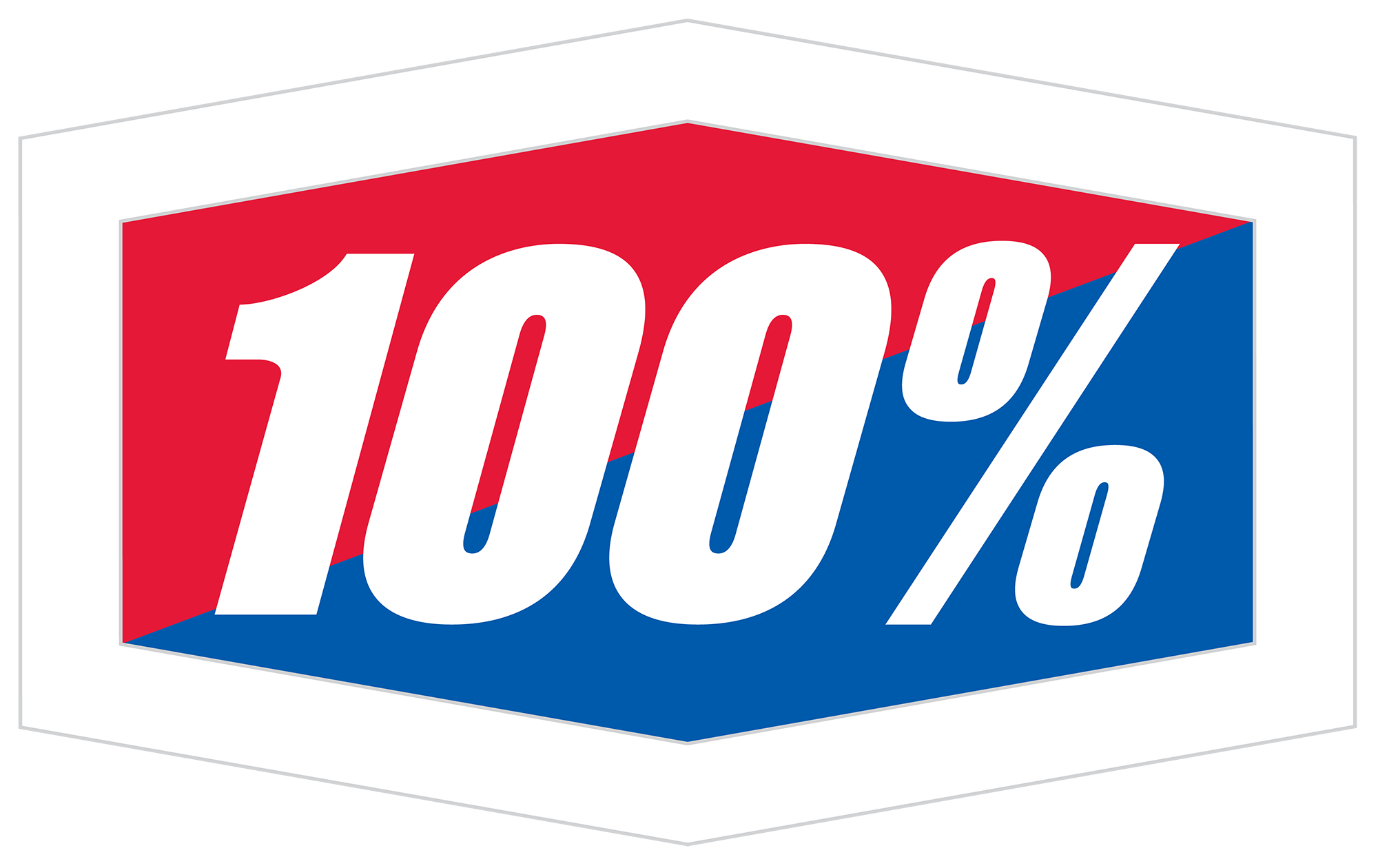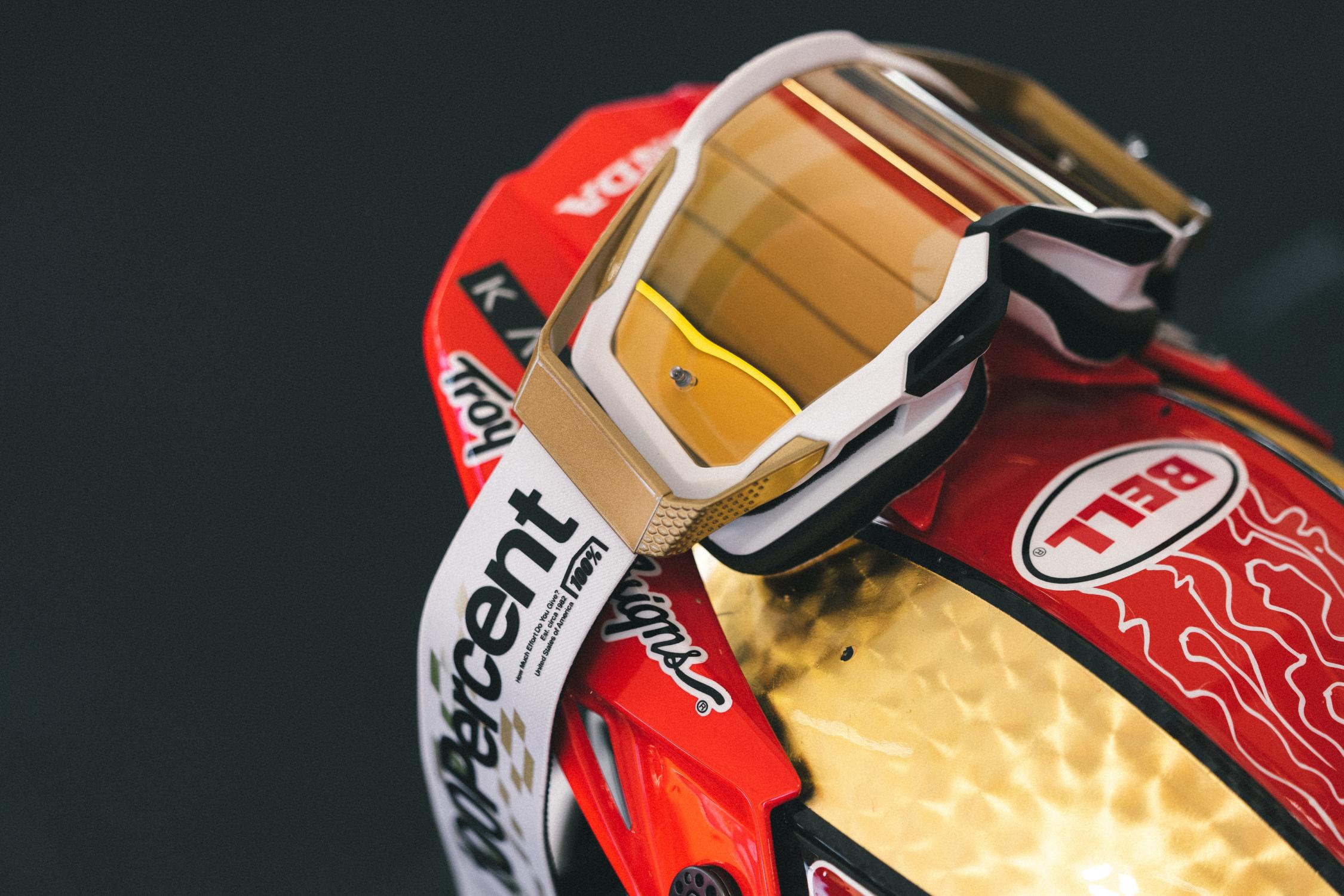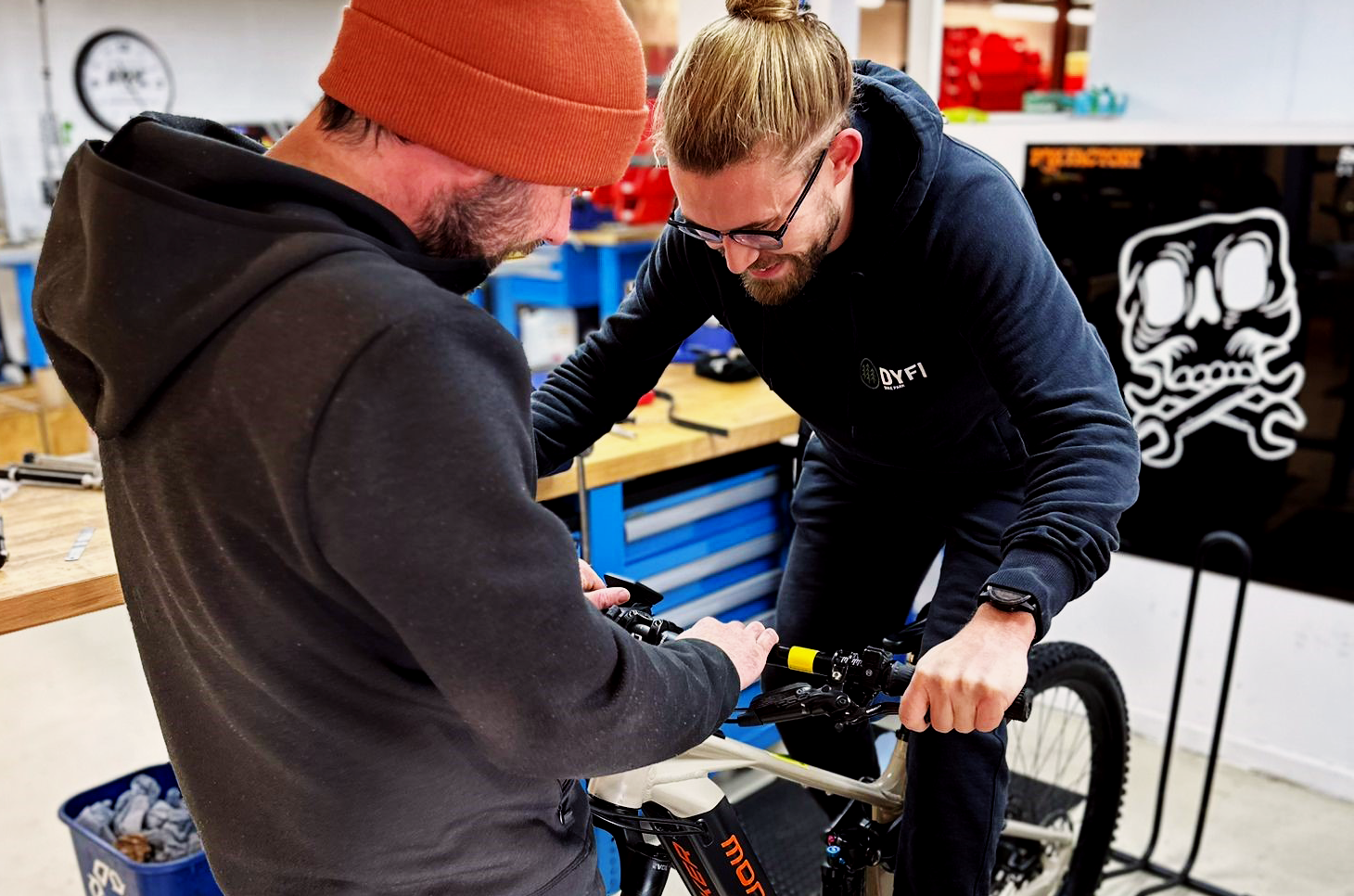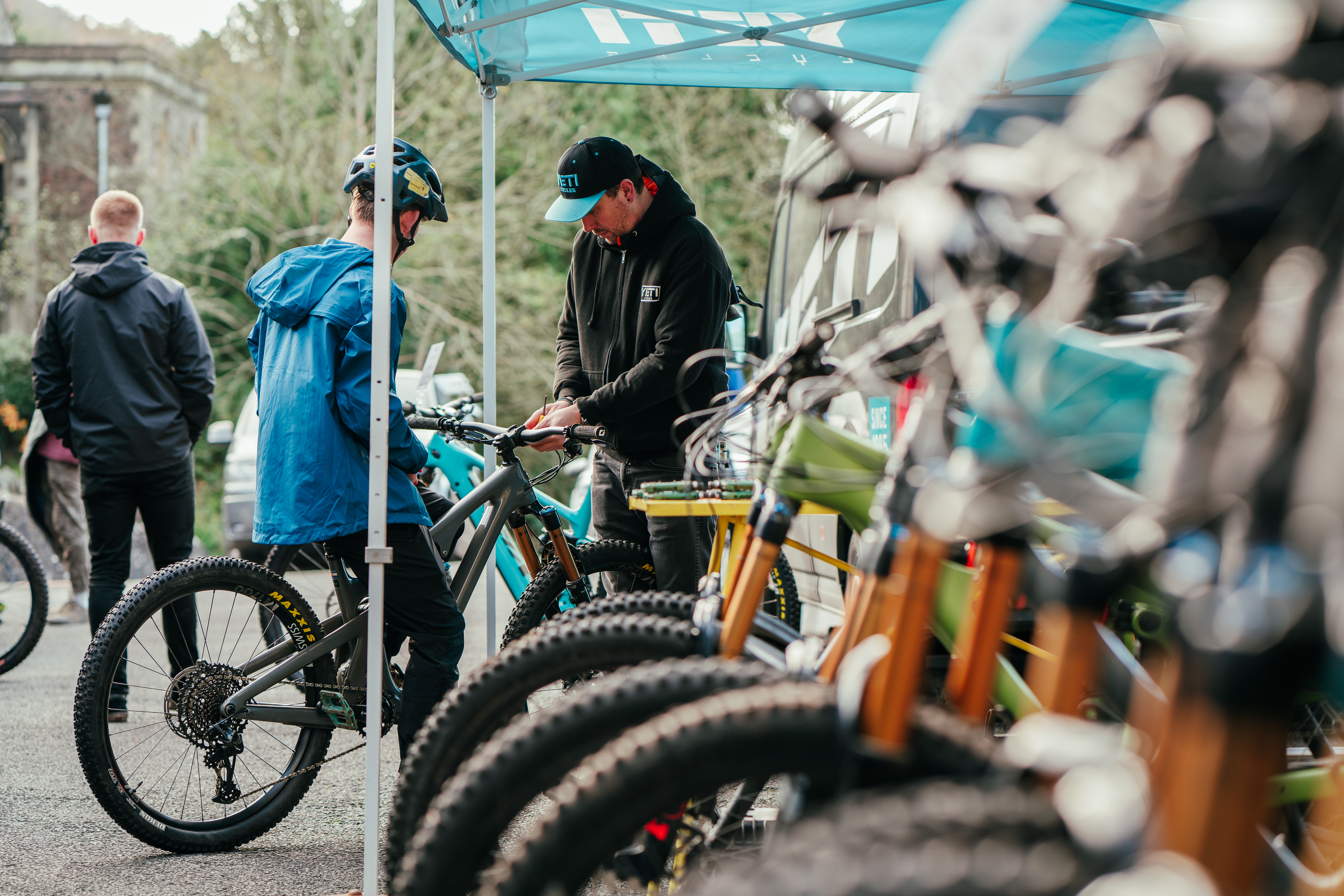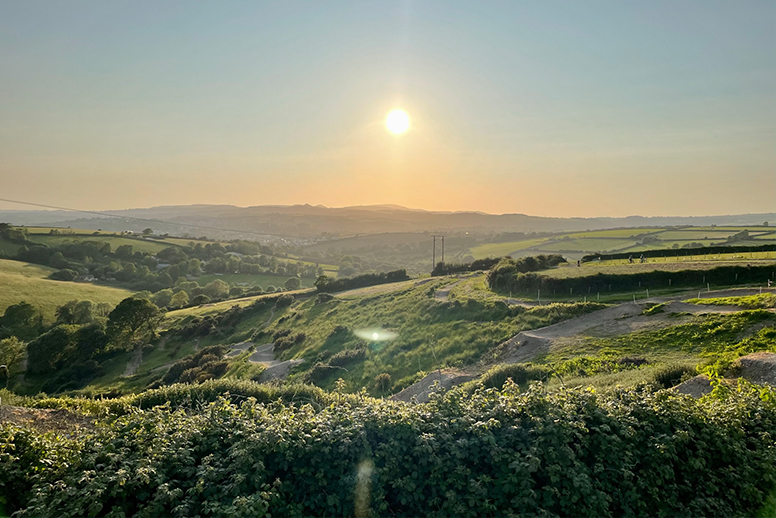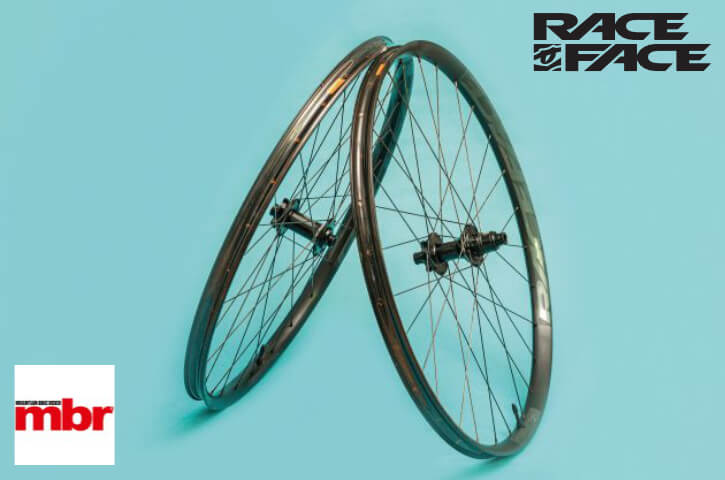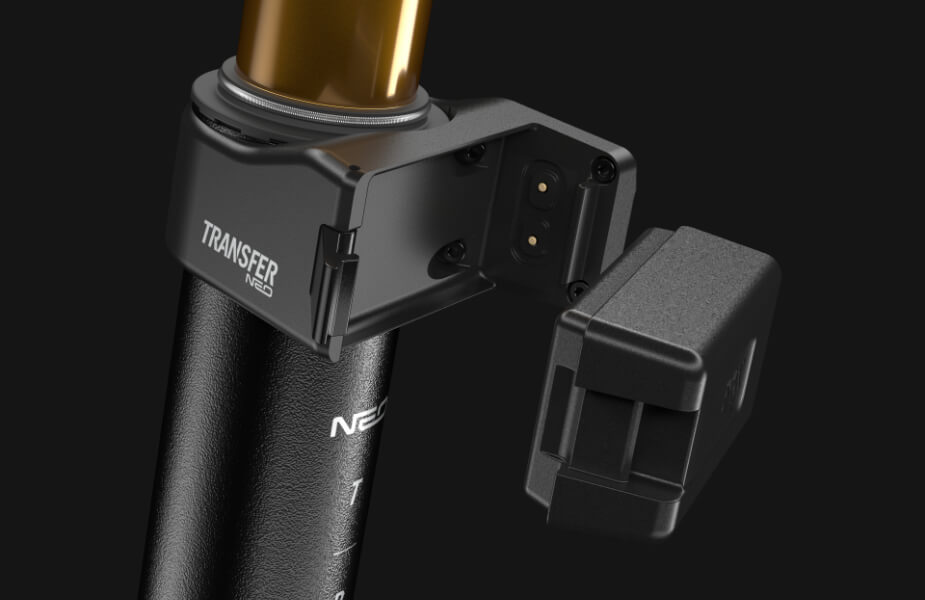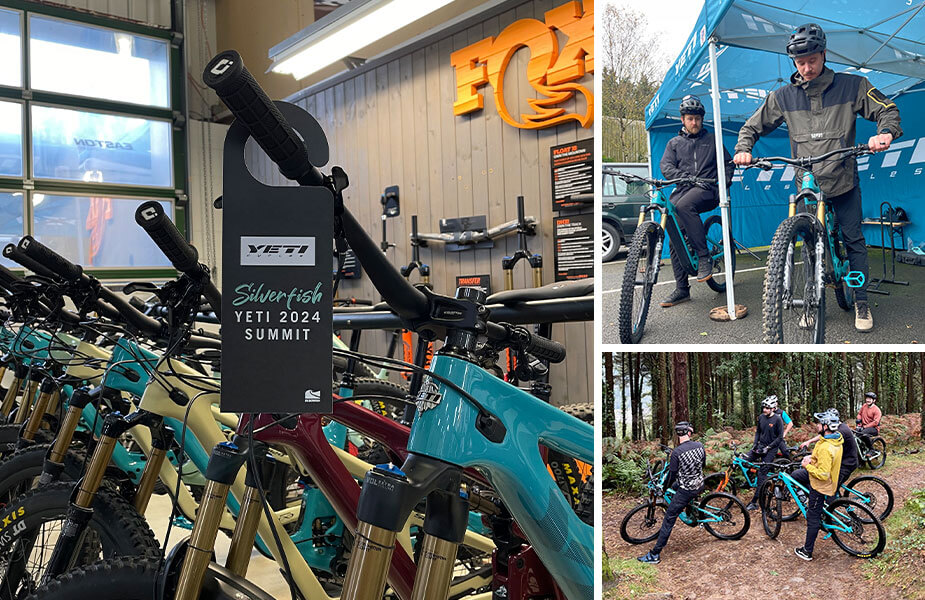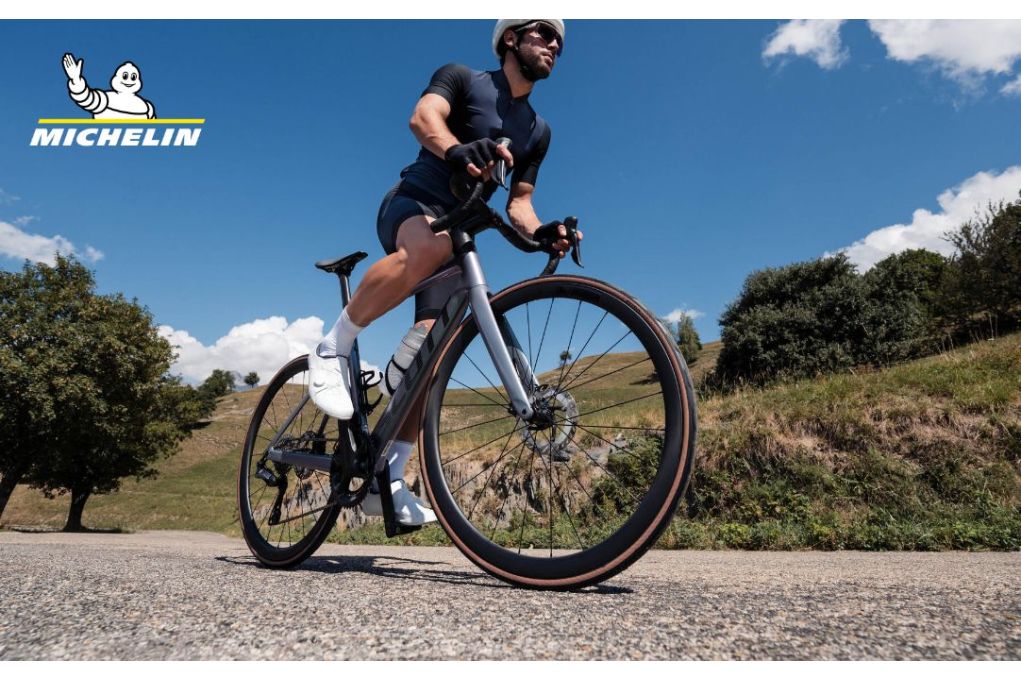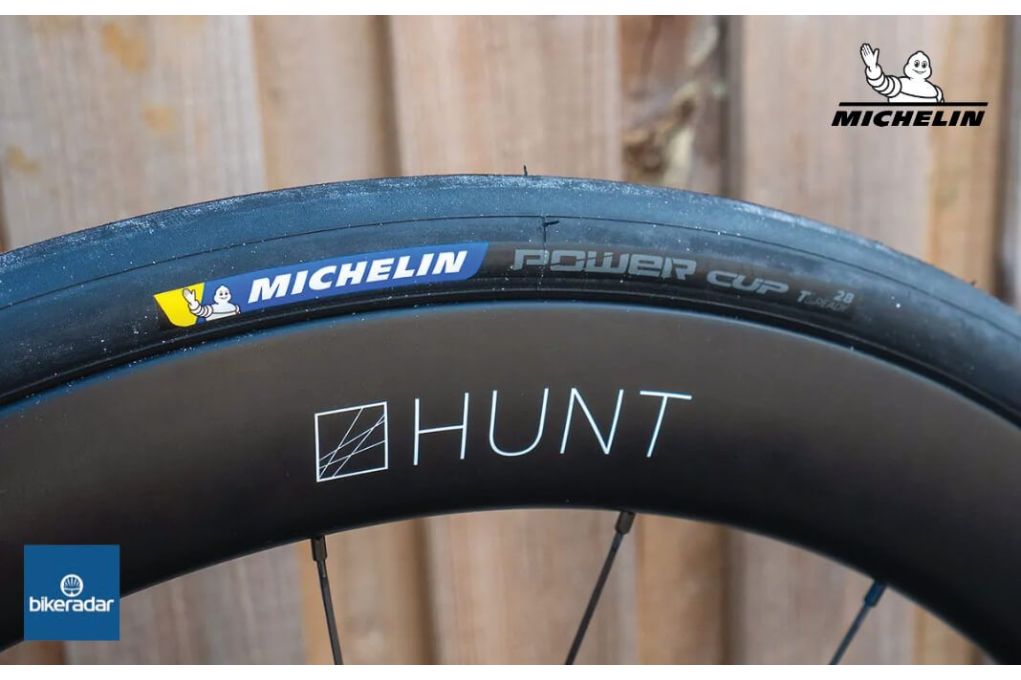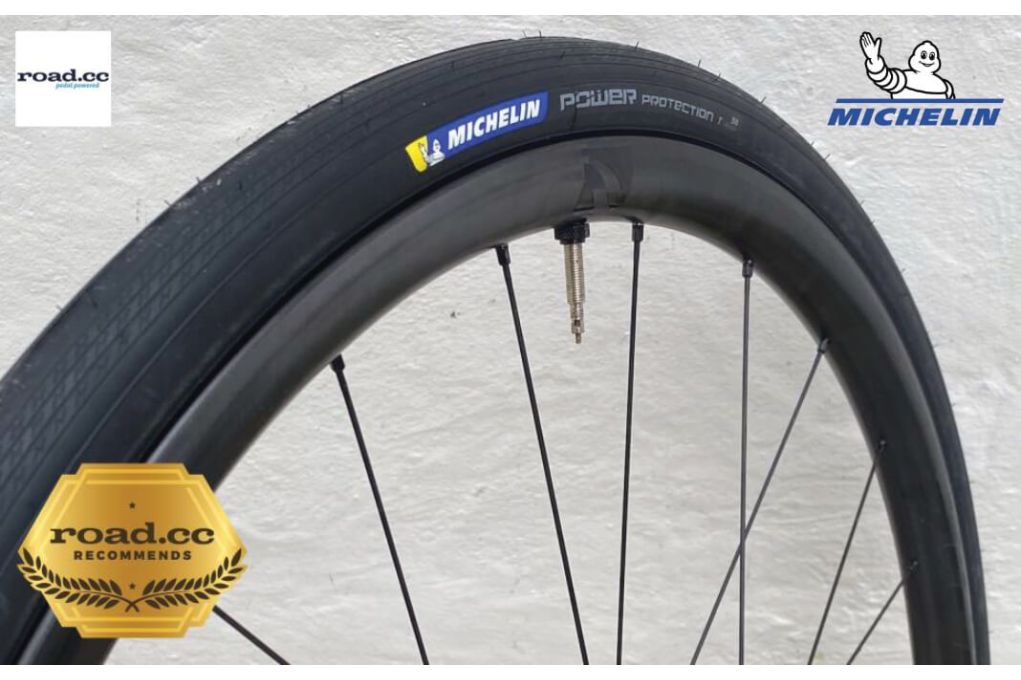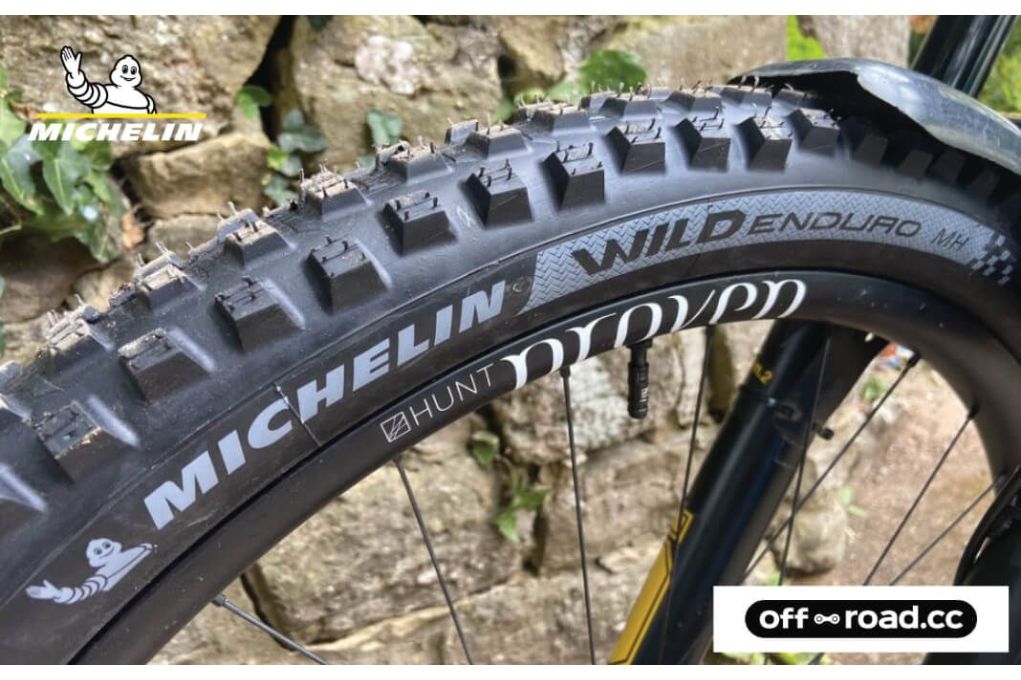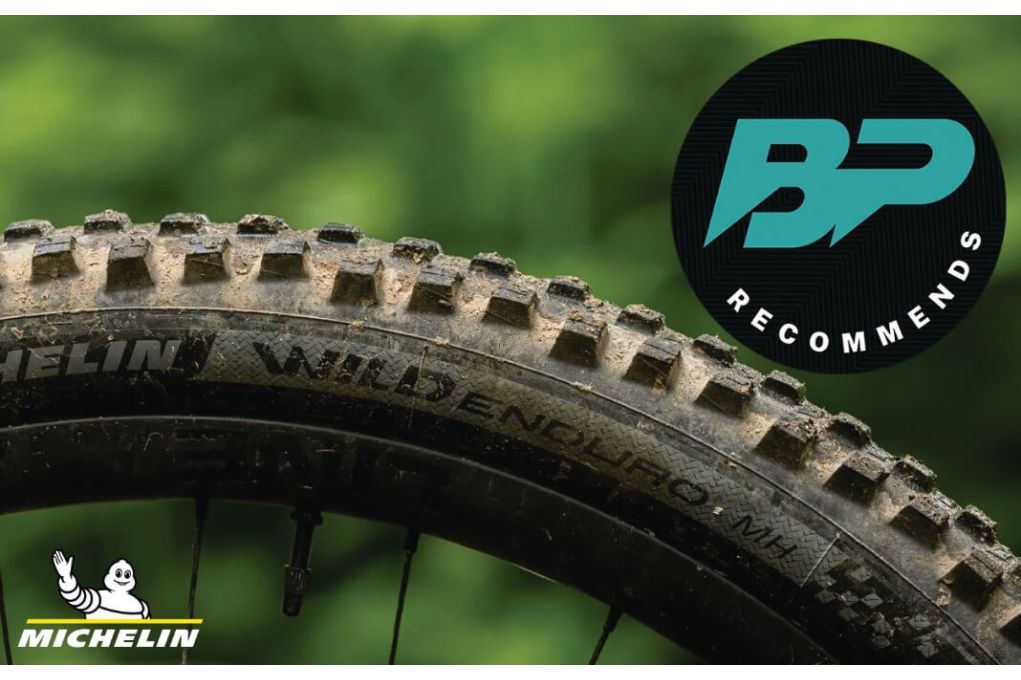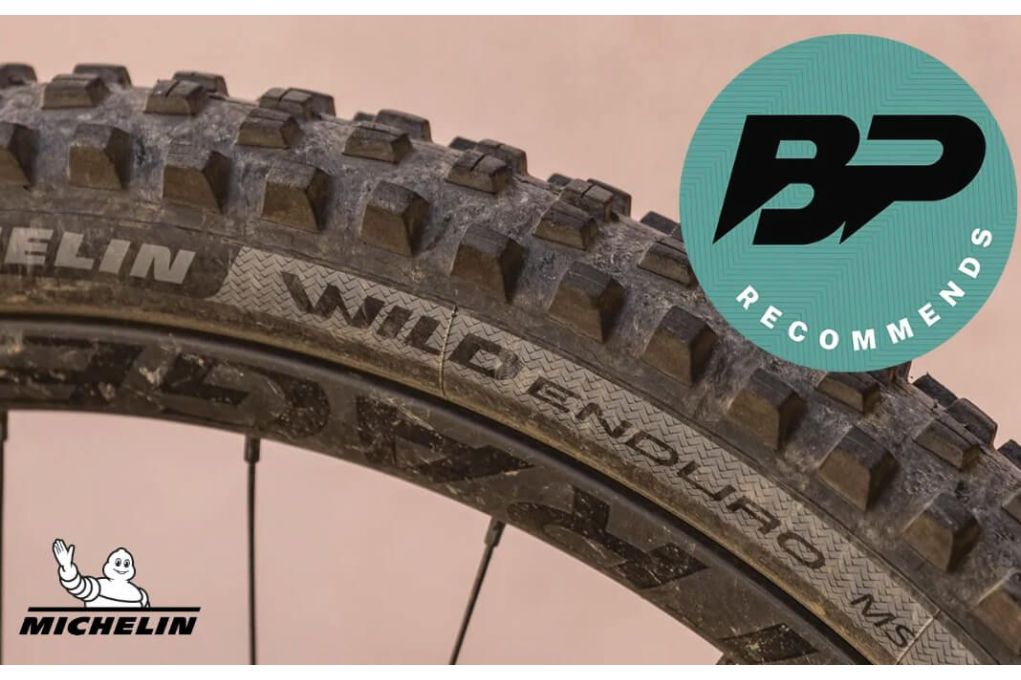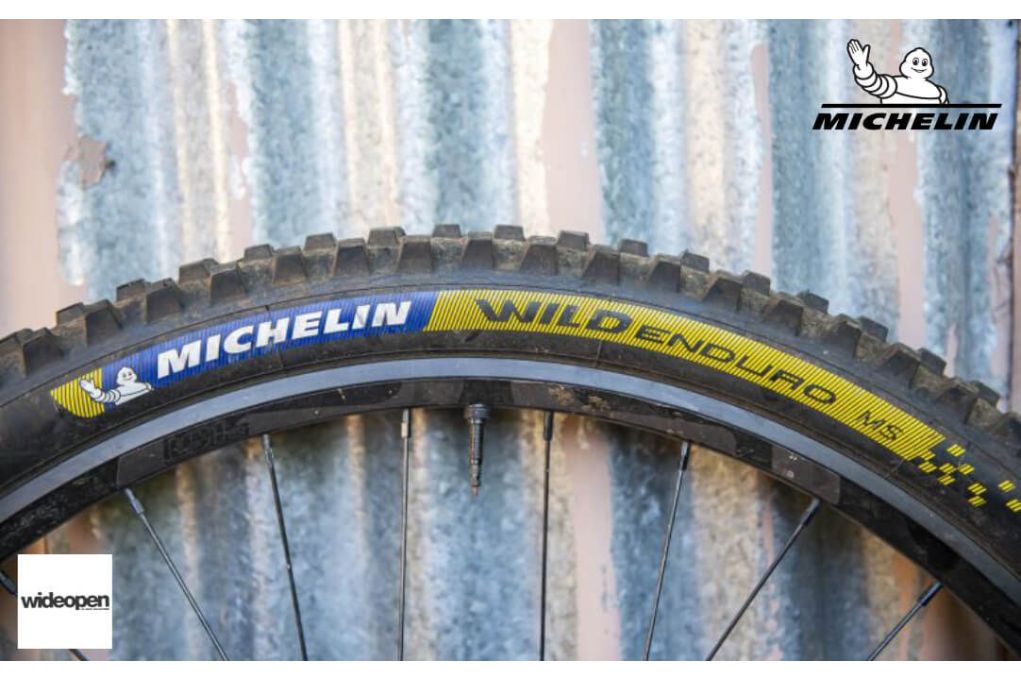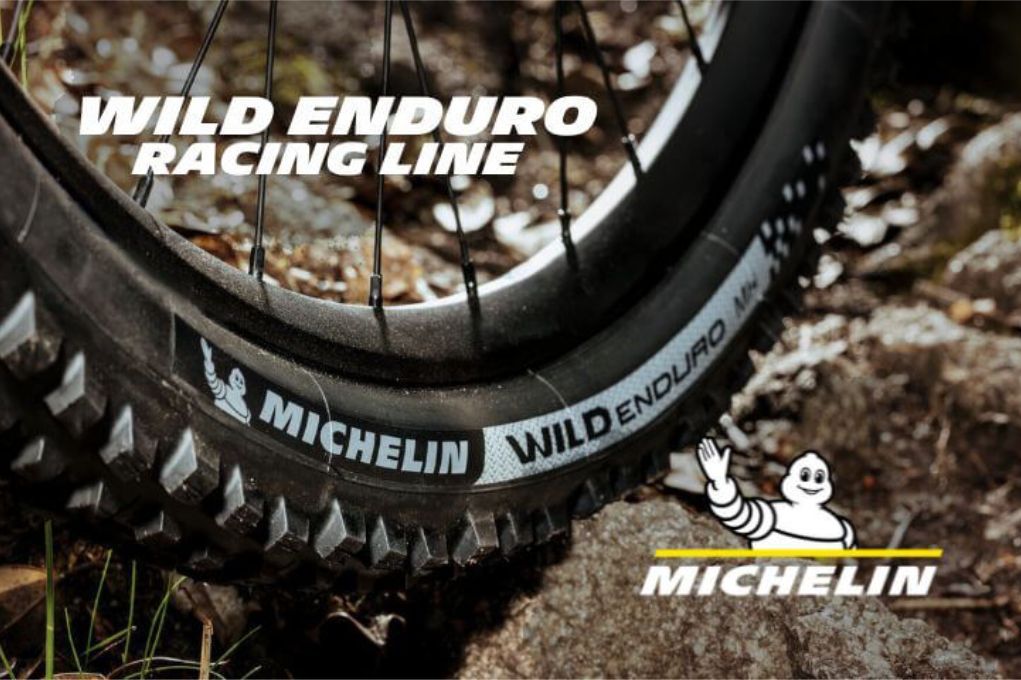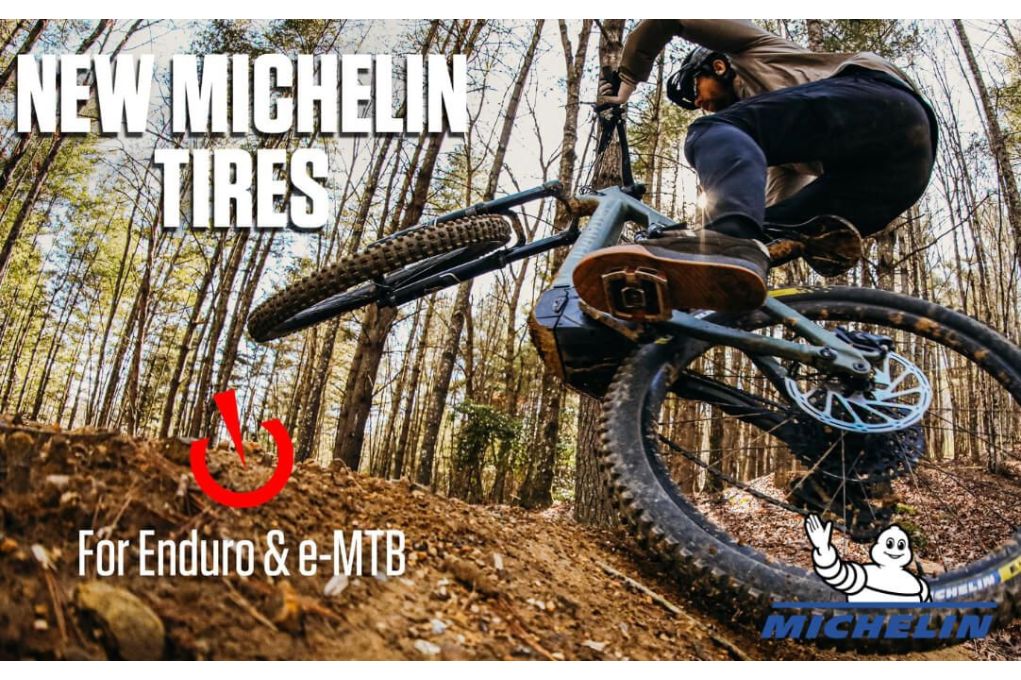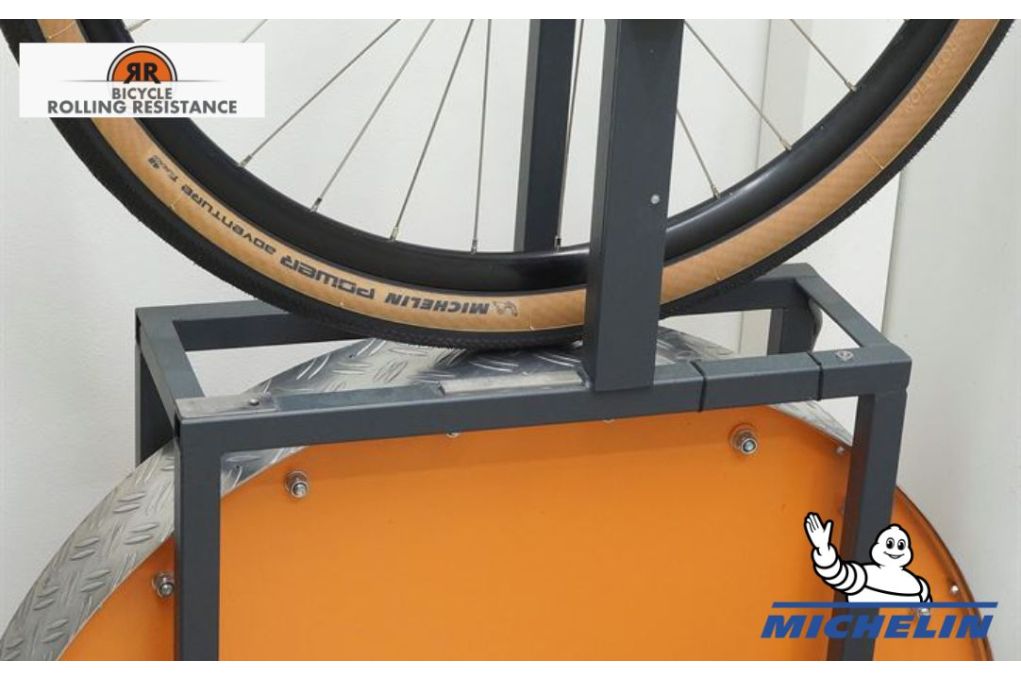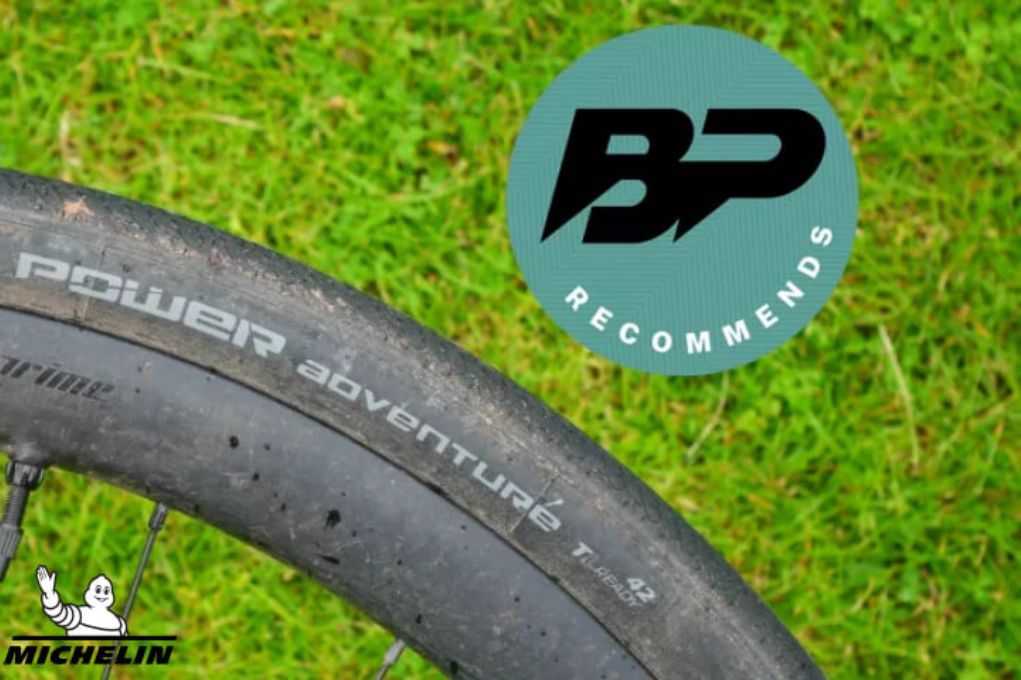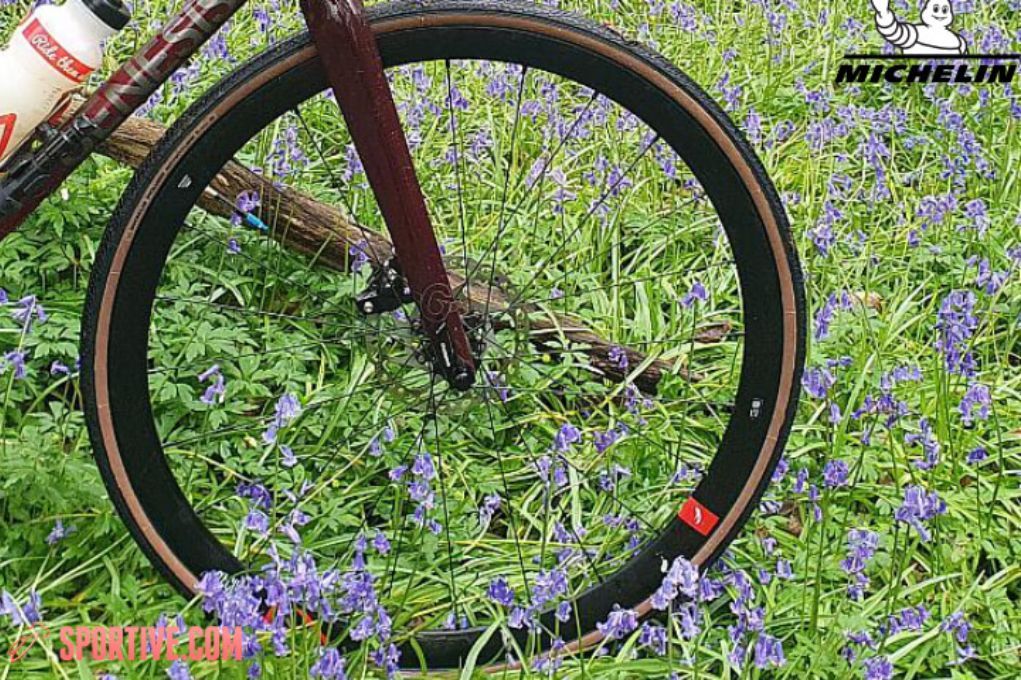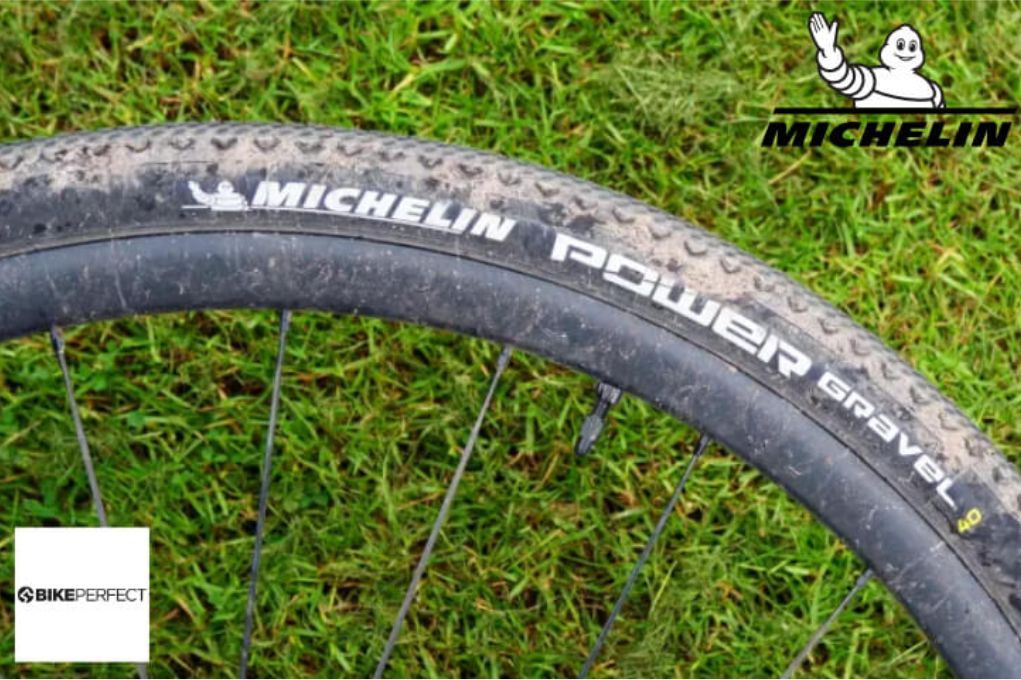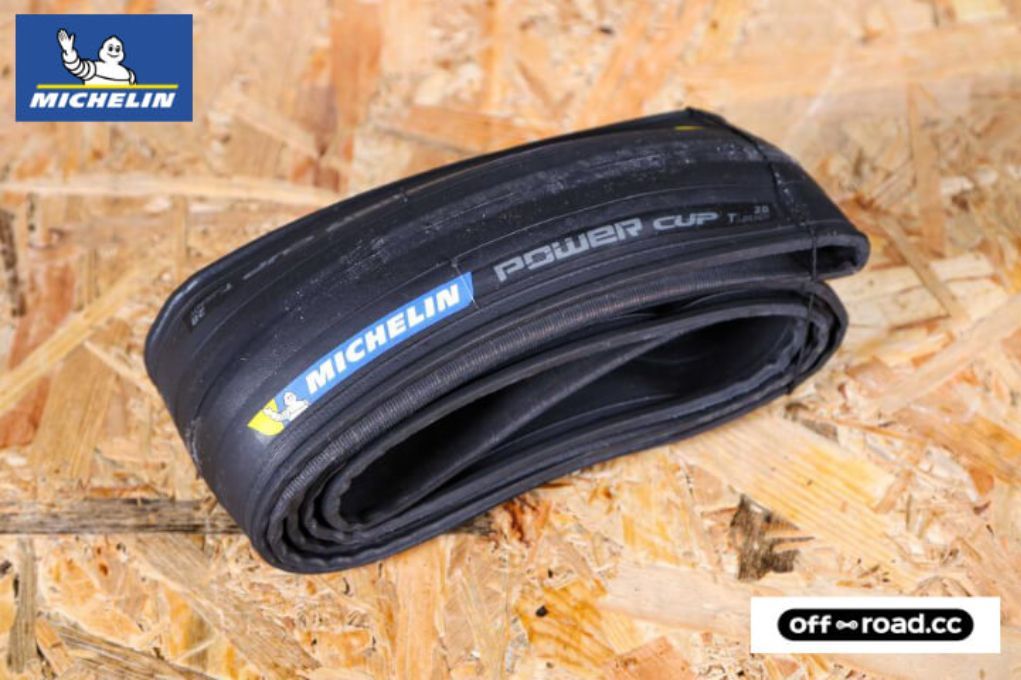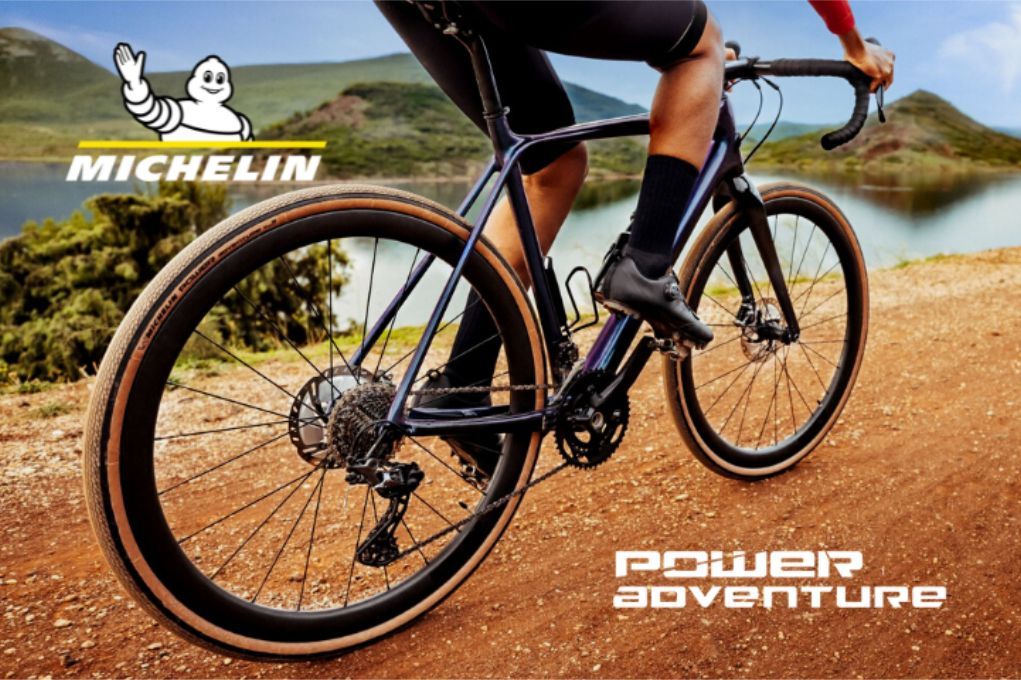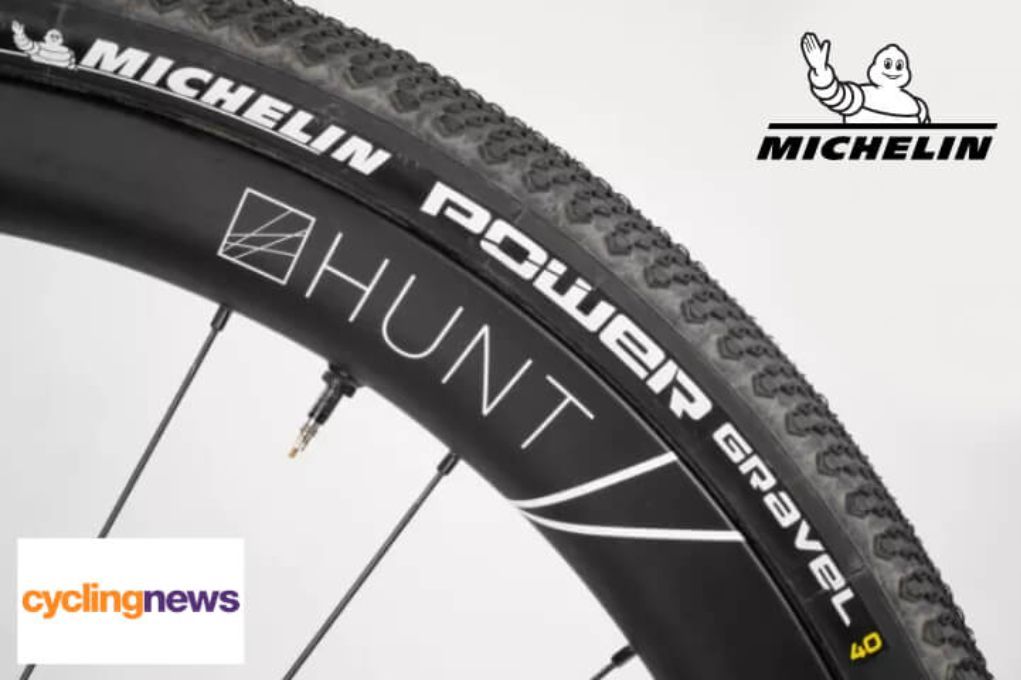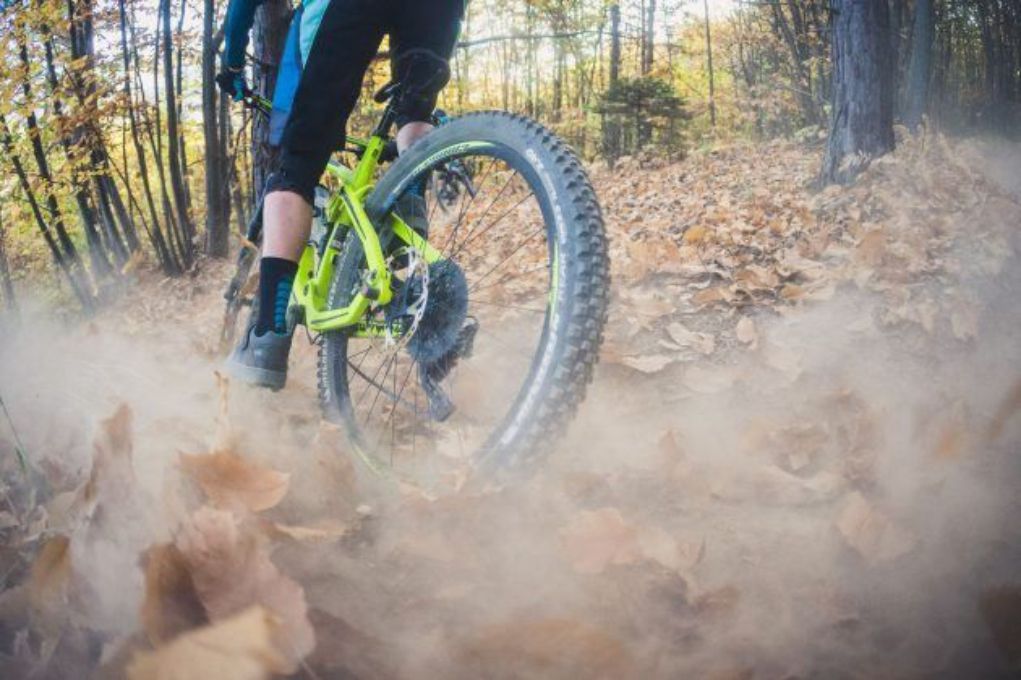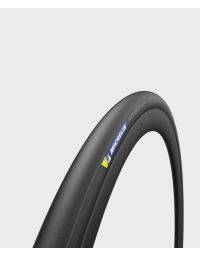ARMEGA SP25
Michelin Power Cup: Ultimate Performance for the Classics with New Size Options
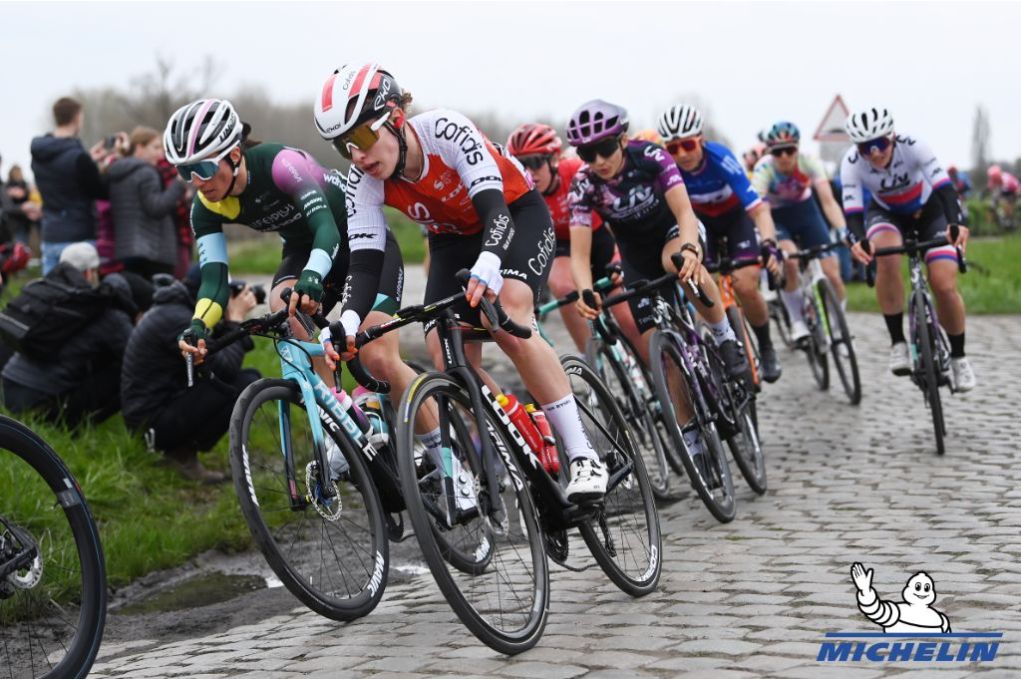
Why 30mm and 32mm Tyres are the Secret Weapon for Classic Races
As the spring classics approach, professional cyclists are gearing up for some of the most gruelling races in the sport, including famous classics like Milan-San Remo, Paris-Roubaix and the Tour of Flanders. While riders physically train for the fast-paced sprints and steep climbs, one often-overlooked factor can make all the difference, tyre choice. In particular, 30mm and 32mm tyres are becoming increasingly popular among riders and racers alike tackling the rough, punishing cobblestone sections of such iconic races, or undulating gravel pave.
Cushioning and Comfort
One of the main reasons tyre sizes beyond 28mm are favoured is for their superior cushioning and comfort. Cobblestones are notoriously rough, and wider tyres help to absorb the shock and vibrations that come with riding over uneven surfaces. The added air volume in the Power Cup’s 30mm and 32mm tyres reduces the jarring impact on riders’ bodies, allowing them to maintain a higher level of comfort throughout the race.
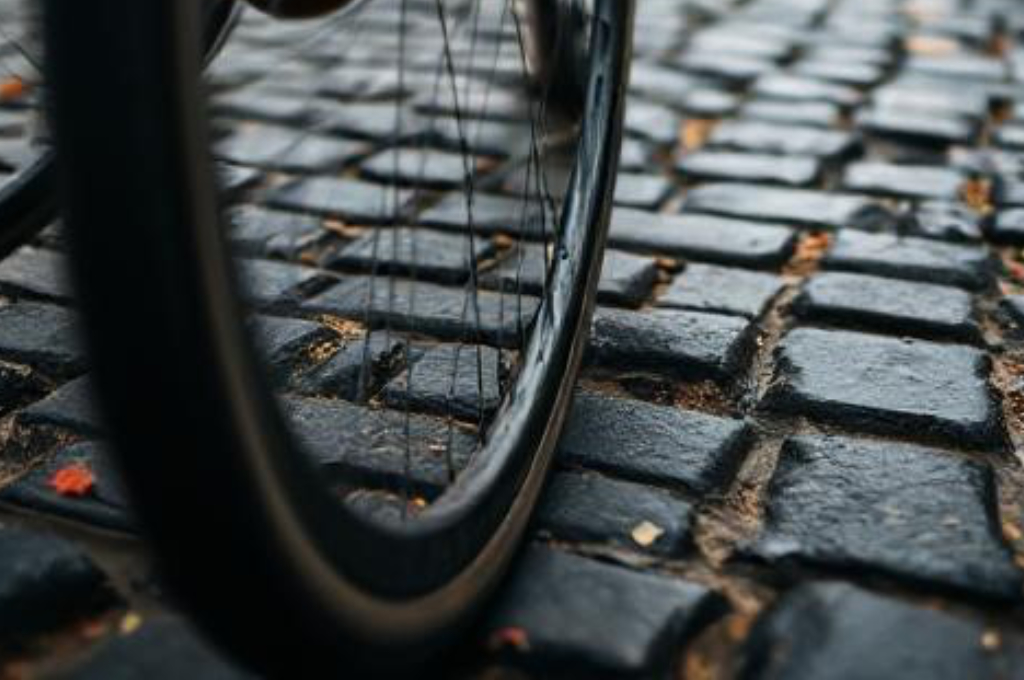
Improved Grip and Traction
Grip is crucial when navigating the unpredictable cobbled or loose sections. Wider tyres offer more contact with the road, giving cyclists better traction, especially when the roads are wet, gritty or muddy. With more of the Power Cup’s Gum-X rubber on the ground, these tyres provide added stability and confidence, even on the slickest of streets.
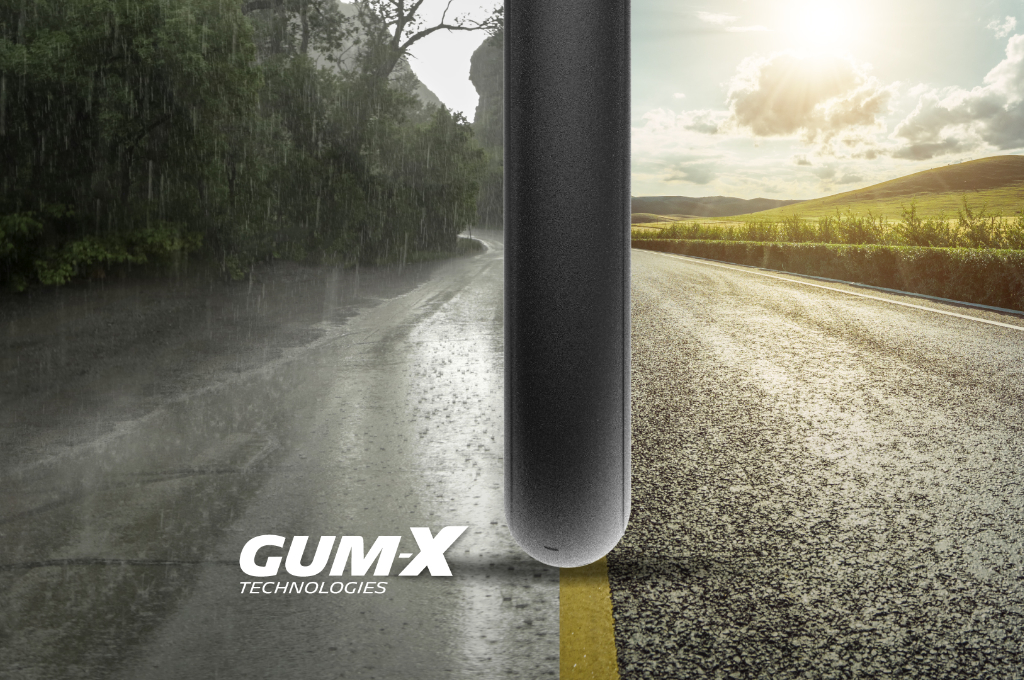
Enhanced Puncture Resistance
Flat tyres are a constant threat on cobblestone roads, where sharp edges and rough terrain can easily puncture thinner, narrower tyres. Wider tyres, such as the 30mm and 32mm options, offer more protection against punctures thanks to their increased air volume and modern tech such as running Tubeless. This added durability of the 4x120TPI casing is especially important in races where a puncture could mean the end of a rider’s chance at victory, or a sportive riders day.
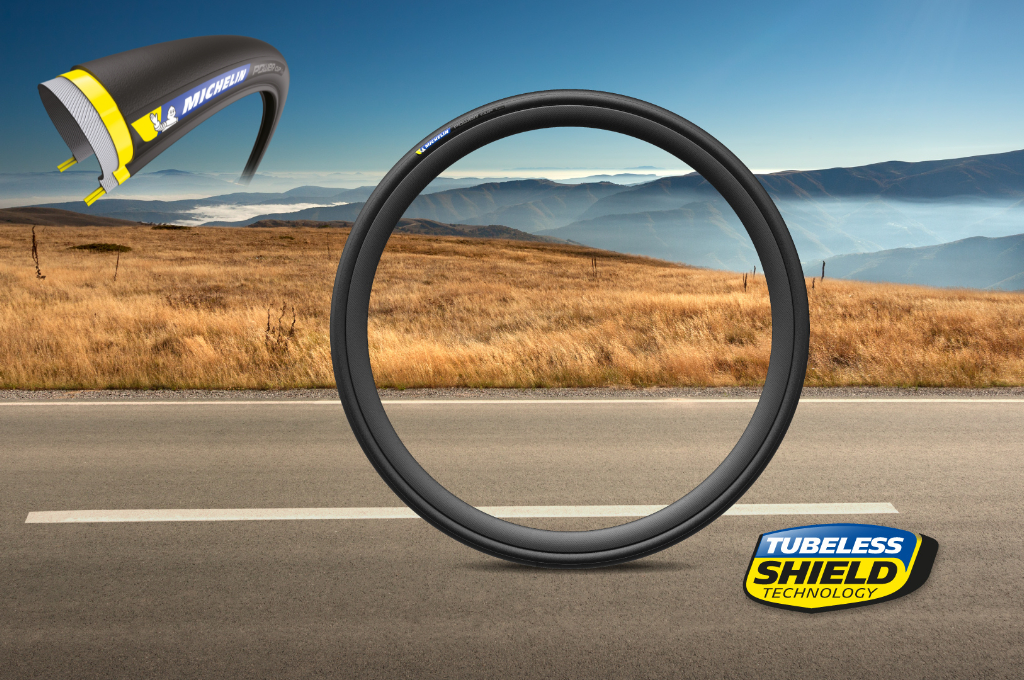
Lower Rolling Resistance
While it’s commonly believed that wider tyres slow you down, on rough terrain like cobbles, the opposite is true. Wider tyres have lower rolling resistance, as they are better able to absorb and conform to the bumps and dips in rough roads. This means that riders can roll more smoothly and efficiently over the rough surfaces, avoiding the bouncing and skipping that harder, narrower tyres might experience, thus slowing you down.
Versatility for Mixed Terrain
Cobbled classic races aren’t just about cobblestones. Riders must also tackle sections of dirt roads, gravel, and smoother paved roads. Tyres in the 30mm to 32mm range offer the perfect balance of versatility, performing well on a variety of surfaces. This flexibility makes them the ideal choice for these mixed-terrain races.
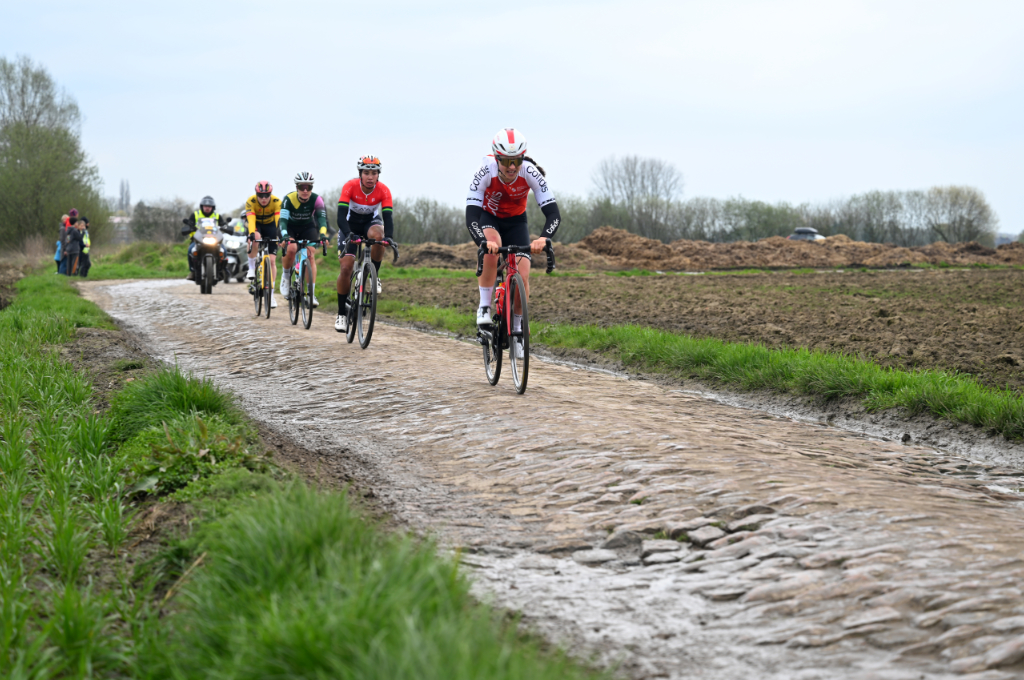
Compliance with Race Regulations
While comfort and performance are important, professional cyclists must also adhere to race regulations. The UCI, cycling’s governing body, specifies a minimum tyre width of 25mm for road races, but many riders opt for wider tyres to meet the demands of the rough cobbled sections. The new Power Cup 30mm and 32mm tyre widths not only meet these guidelines but also offer the added benefits of improved comfort, grip, and durability.
In conclusion, 30mm and 32mm tyres have become a go-to choice for riders competing or participating in the Spring classics. These tyre sizes offer the perfect balance of comfort, traction, puncture resistance and versatility, making them essential for tackling the toughest and most unpredictable roads in cycling. As riders prepare for the spring classics, these tyres may just be the secret weapon needed to gain an edge on the competition.
